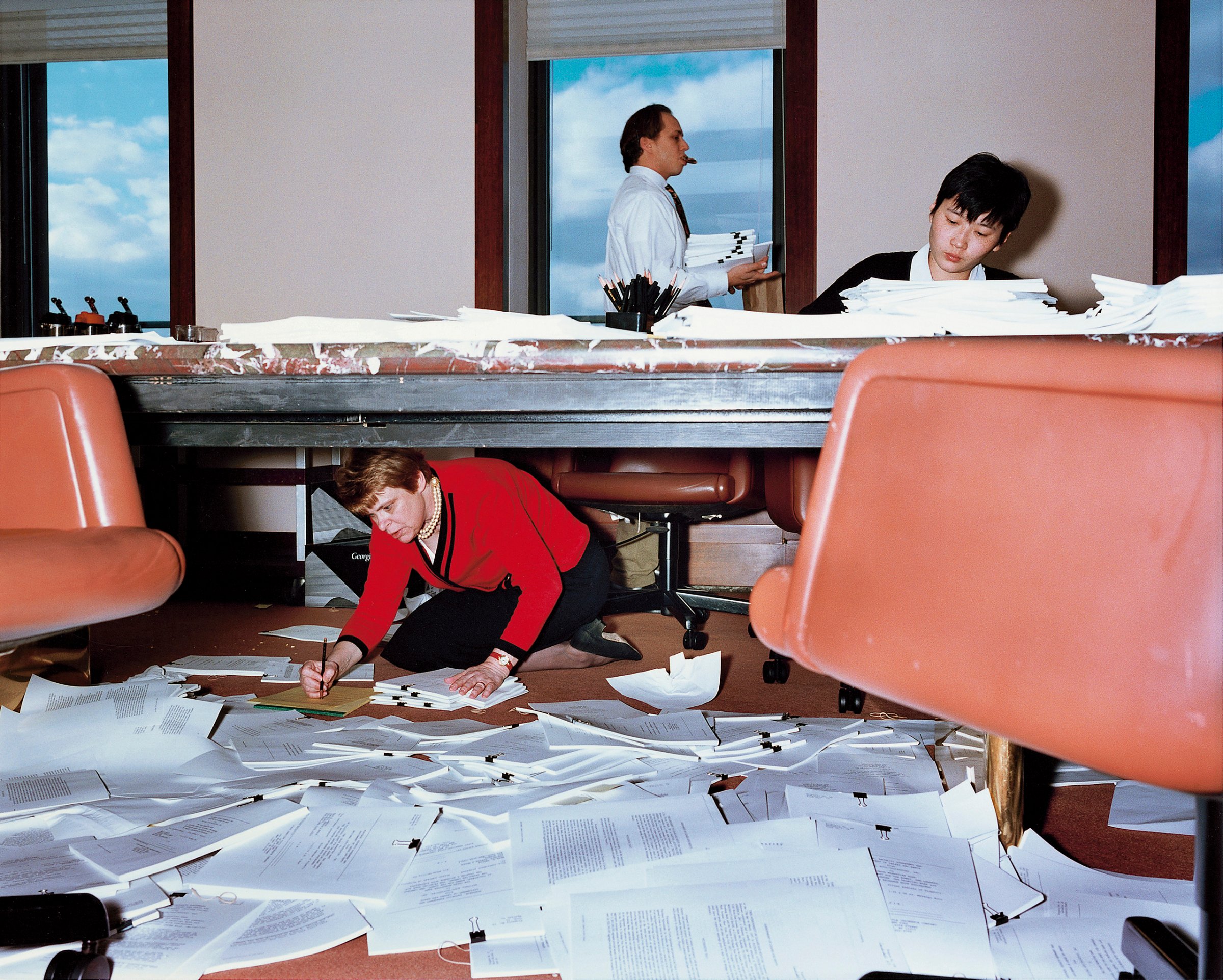
“Come closer to the common mystery.
Attend to the ordinary…
It is the wisdom that sees the ordinary with amazement.”
Lao Tzu’s Tao-Te-Ching, c 400BC/f.Kr.
—from Office (Editions Journal, 2002) by Lars Tunbjörk
Lars Tunbjörk, who died on April 8, originated from Boras, Sweden, a place that inspired most of his life’s work and set him on a path to become one of the most influential visionaries in contemporary color photography.
Early in his career Tunbjörk, born in 1956, was inspired by the Swedish masters such as Christer Stromholm. But, he soon discovered his own style by taking a cue from the American photographers of the 1970s like Stephen Shore and William Eggleston. While leaving behind his black and white photography to create his signature ultra-vibrant color documentary work, he produced a record of Swedish society and the ironies of modern life around the world.
His early series Landet Utom Sig (Country Beside Itself) shot in 1993, was an incisive depiction of contemporary European life on holiday and launched his lifelong pursuit of the absurd incongruities of our society’s pursuit of pleasure and later looked at the landscape of the office to document our work/life imbalances.
Tunbjork’s work is best experienced in the photo book format. He used the medium in innovative ways to build loose narratives and to showcase his extraordinary projects. He released more than 10 photobooks, which include Home (Steidl, 2003) and Vinter (Steidl, 2007). With the now rare book Office (Editions Journal, 2002), he came to preeminence, with Martin Parr and Gerry Badger describing him as “an acute observer of modern life”.
His photographs belong to many major collections of museums from the Museum of Modern Art in New York and in Stockholm, to the Centre Pompidou and the Maison Européenne de la Photographie in Paris. He was a member of L’Agence Vu for almost 20 years and worked prolifically as an editorial photographer for The New York Times Magazine, GEO, and many other publications including TIME. He was represented by Paul Amador Gallery in New York.
Tunbjork’s images amplified the most mundane and absurd aspects of modern life in a surreal way, using the hard light of flash photography, which became his signature style and influenced a generation of photographers after him. He never used light for mere effect but crafted it like a master painter to accentuate color and amplify the humdrum details of the everyday. Whatever subject he was documenting, suburbia or offices spaces, he did it in such a revealing way with a stark, clear-eyed honesty layered with an sense of dark humor.
A Stranger in a Strange Land: The Iowa Caucus by Lars Tunbjörk
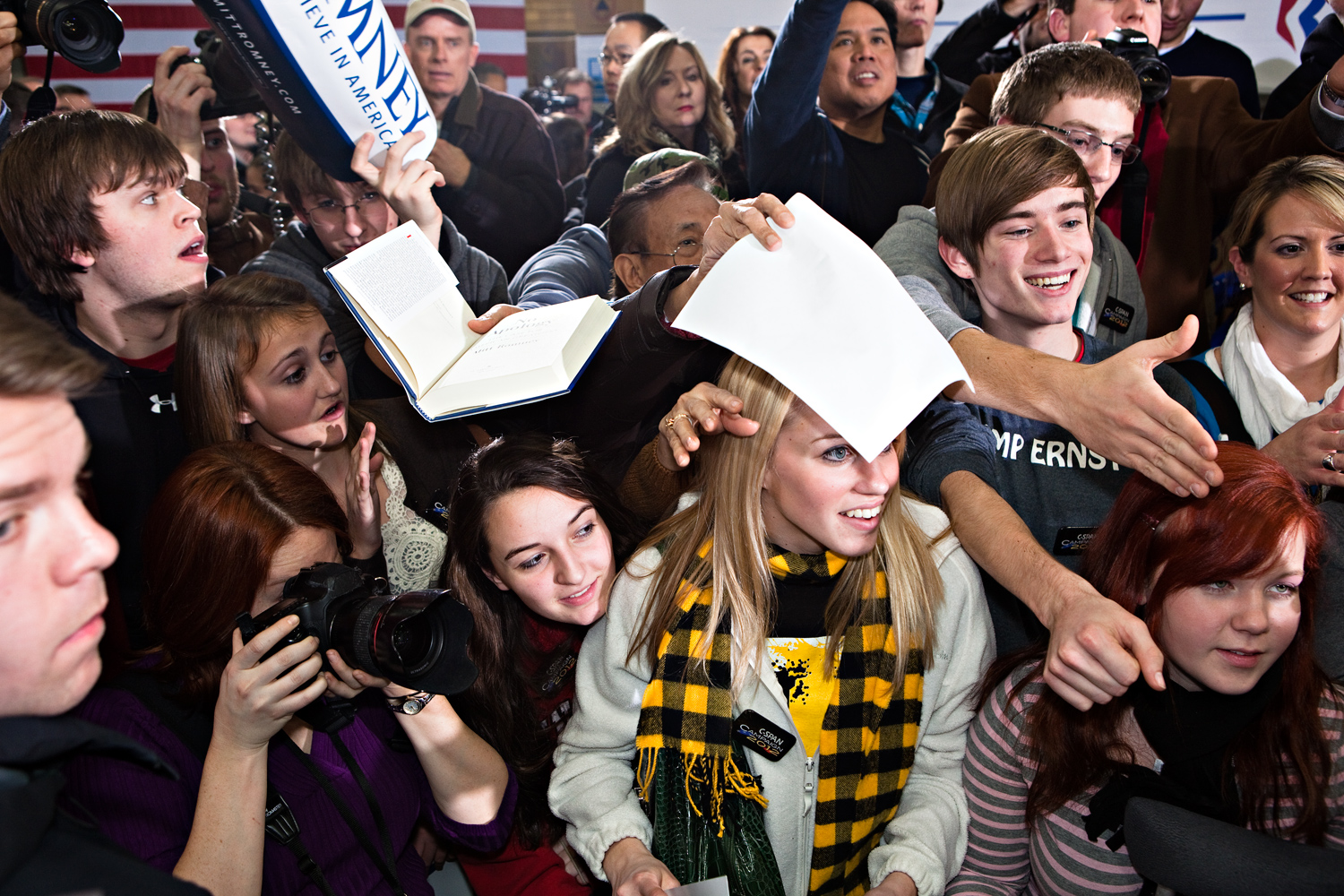

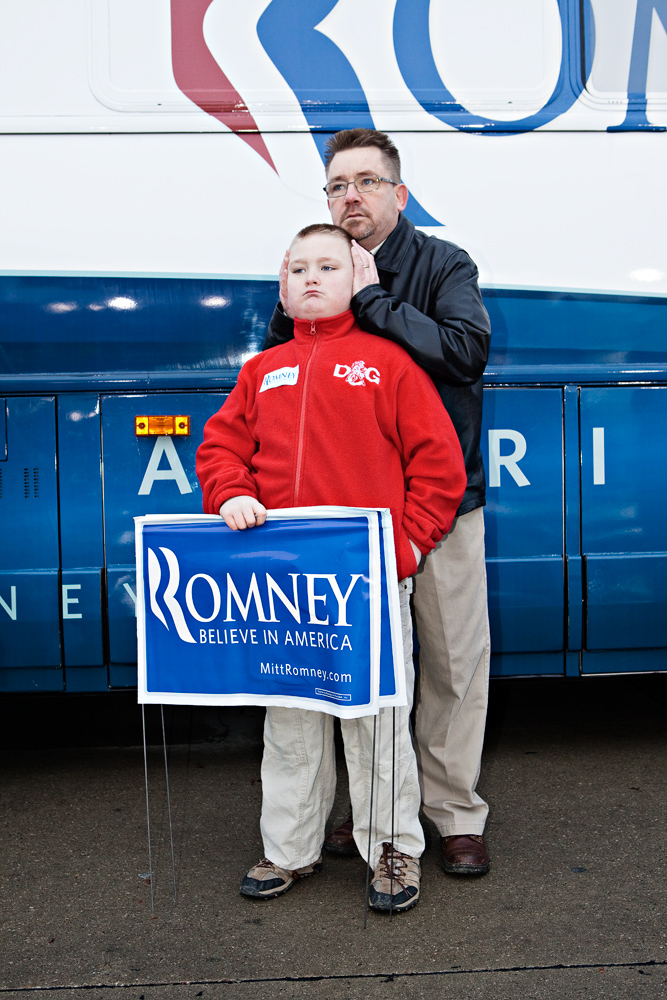
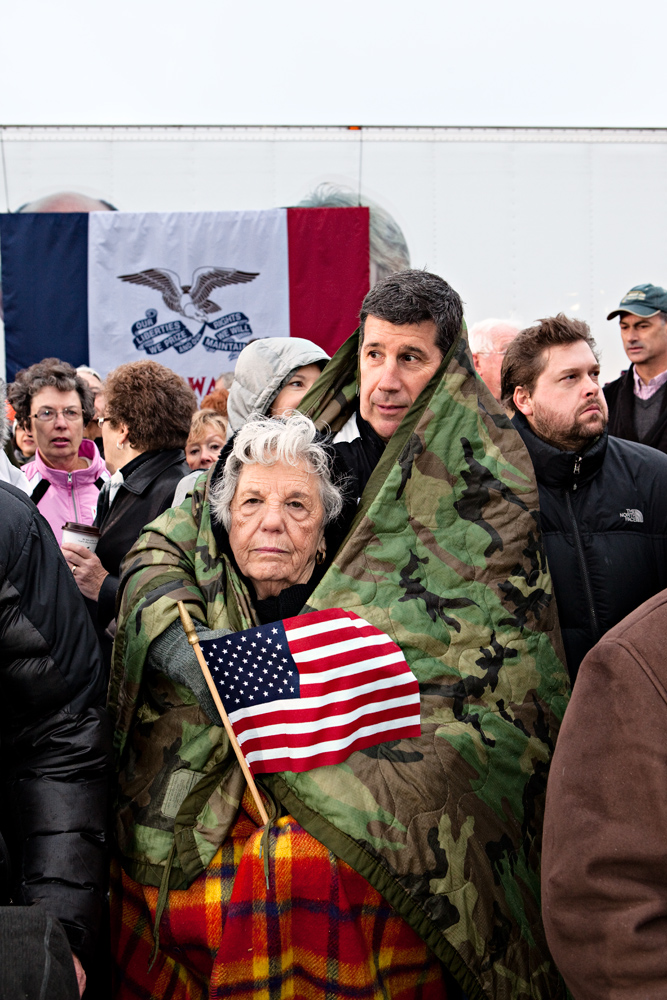




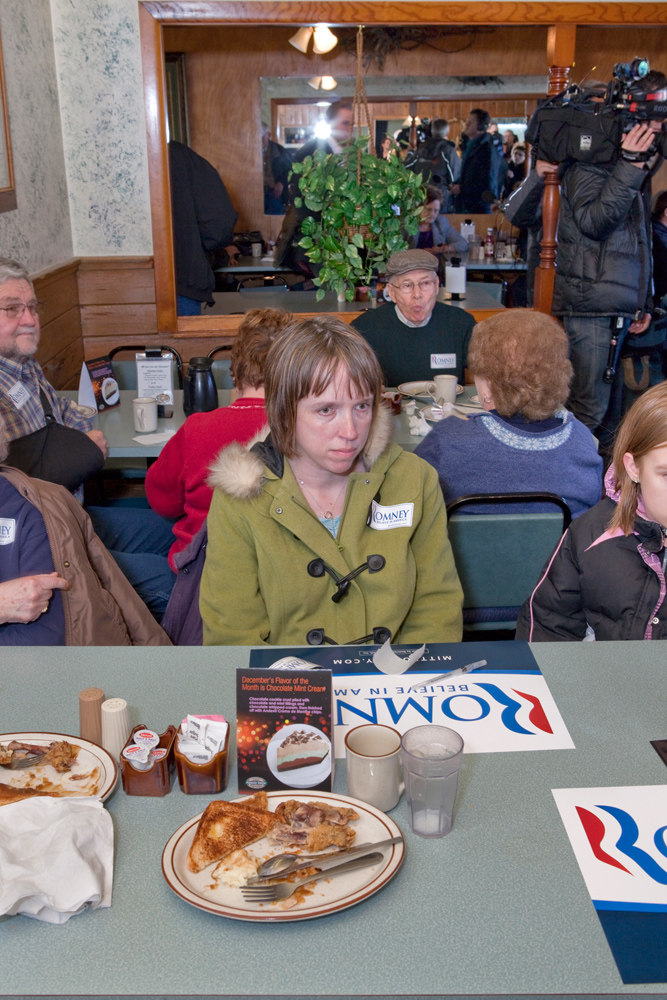

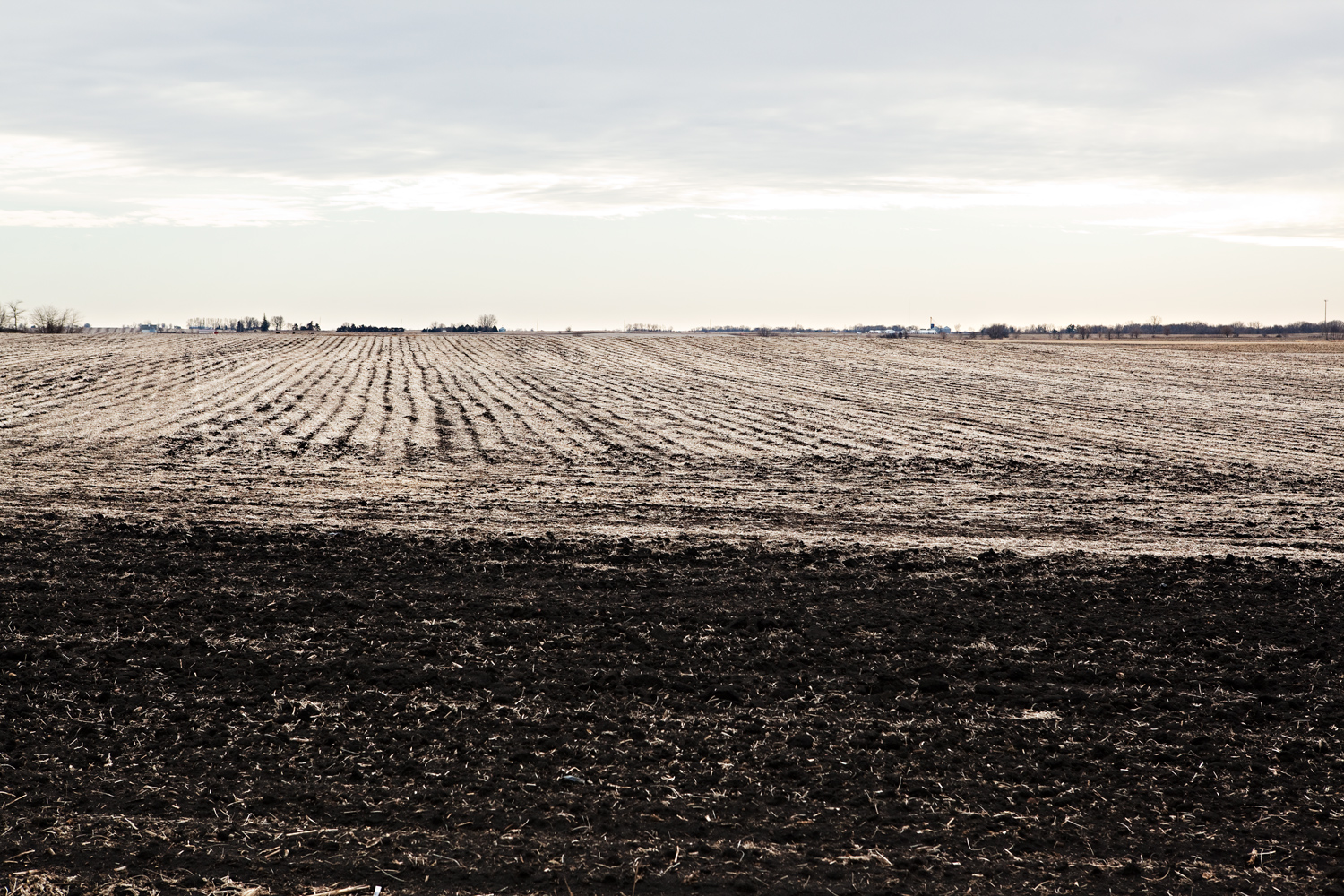
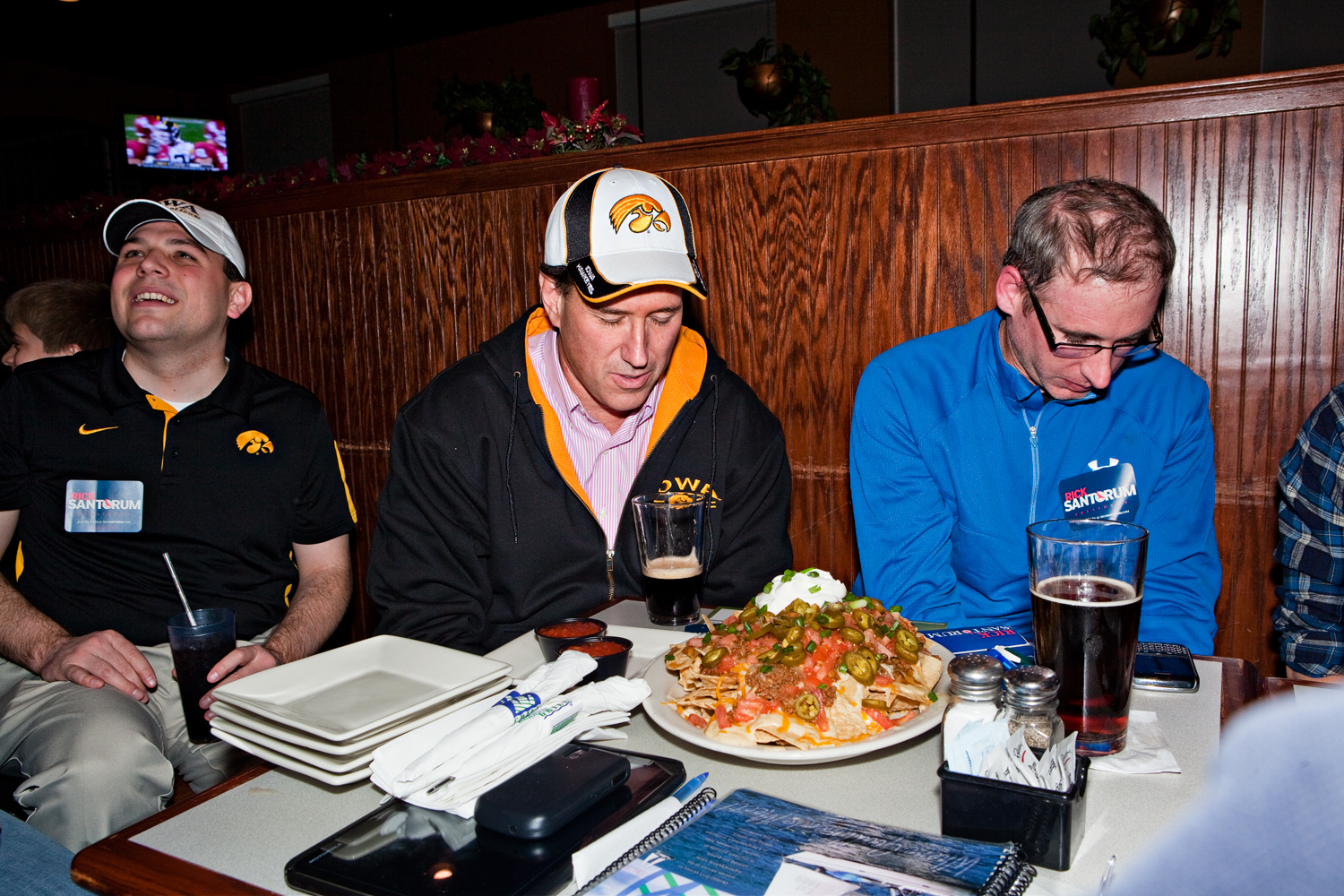
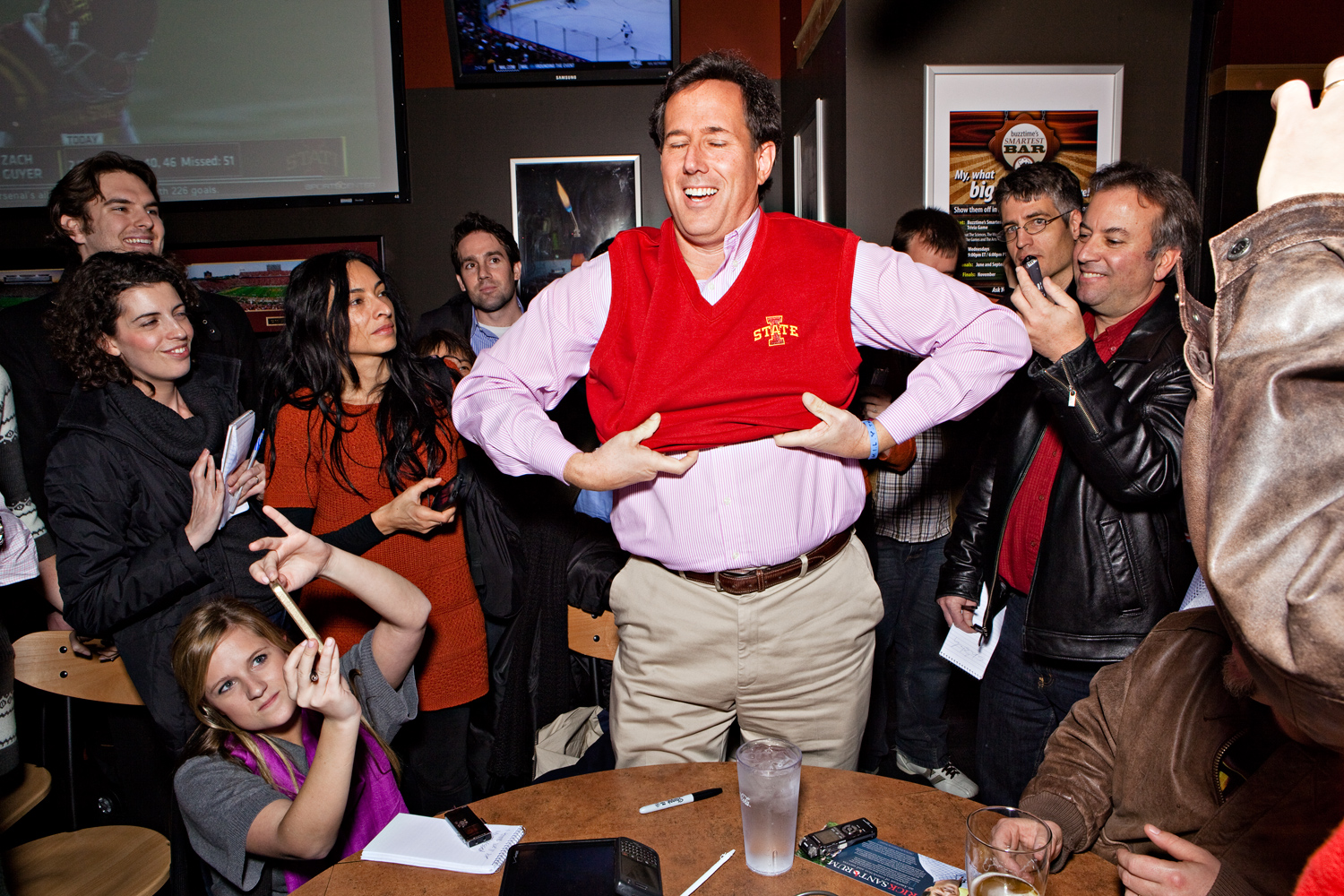
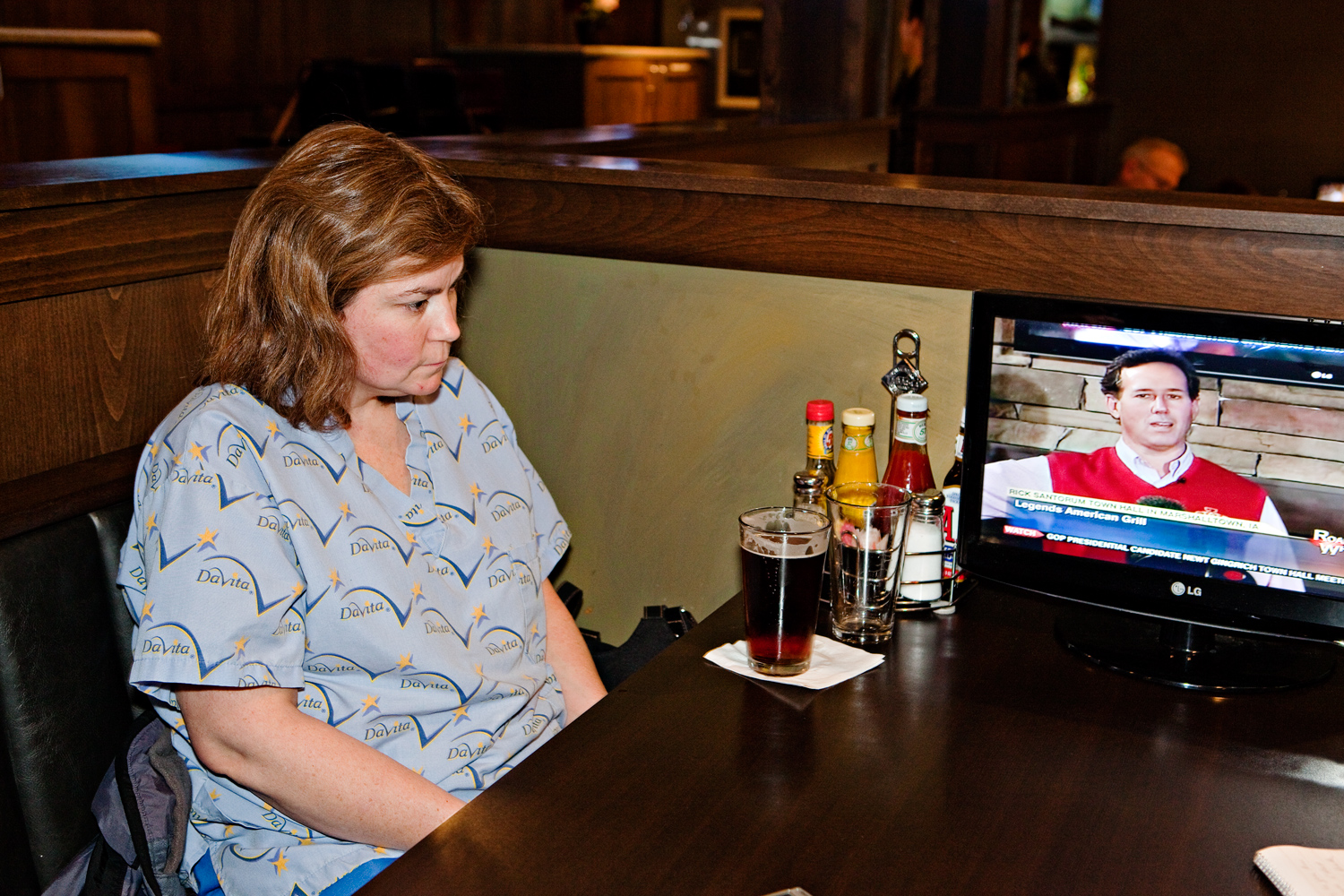
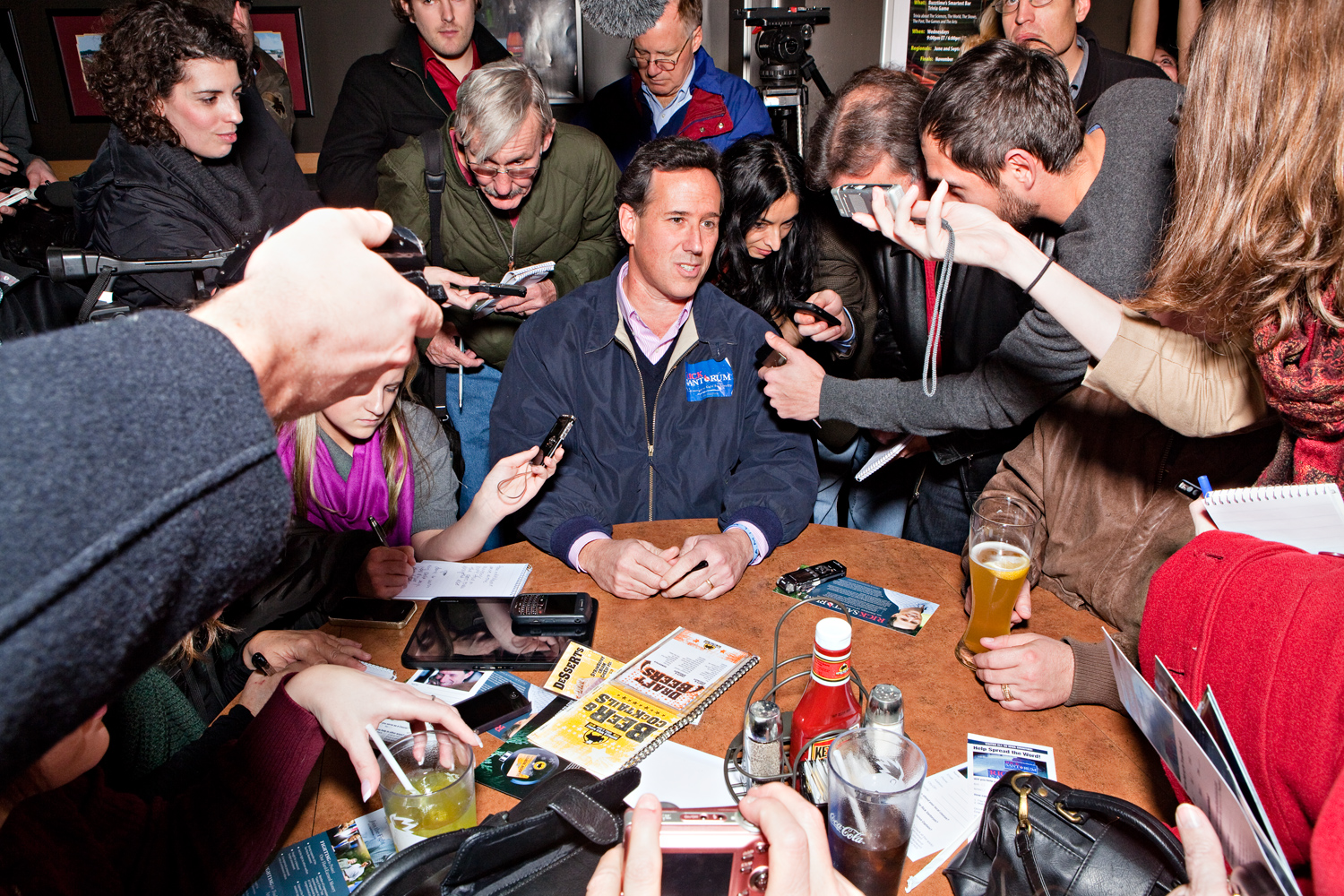
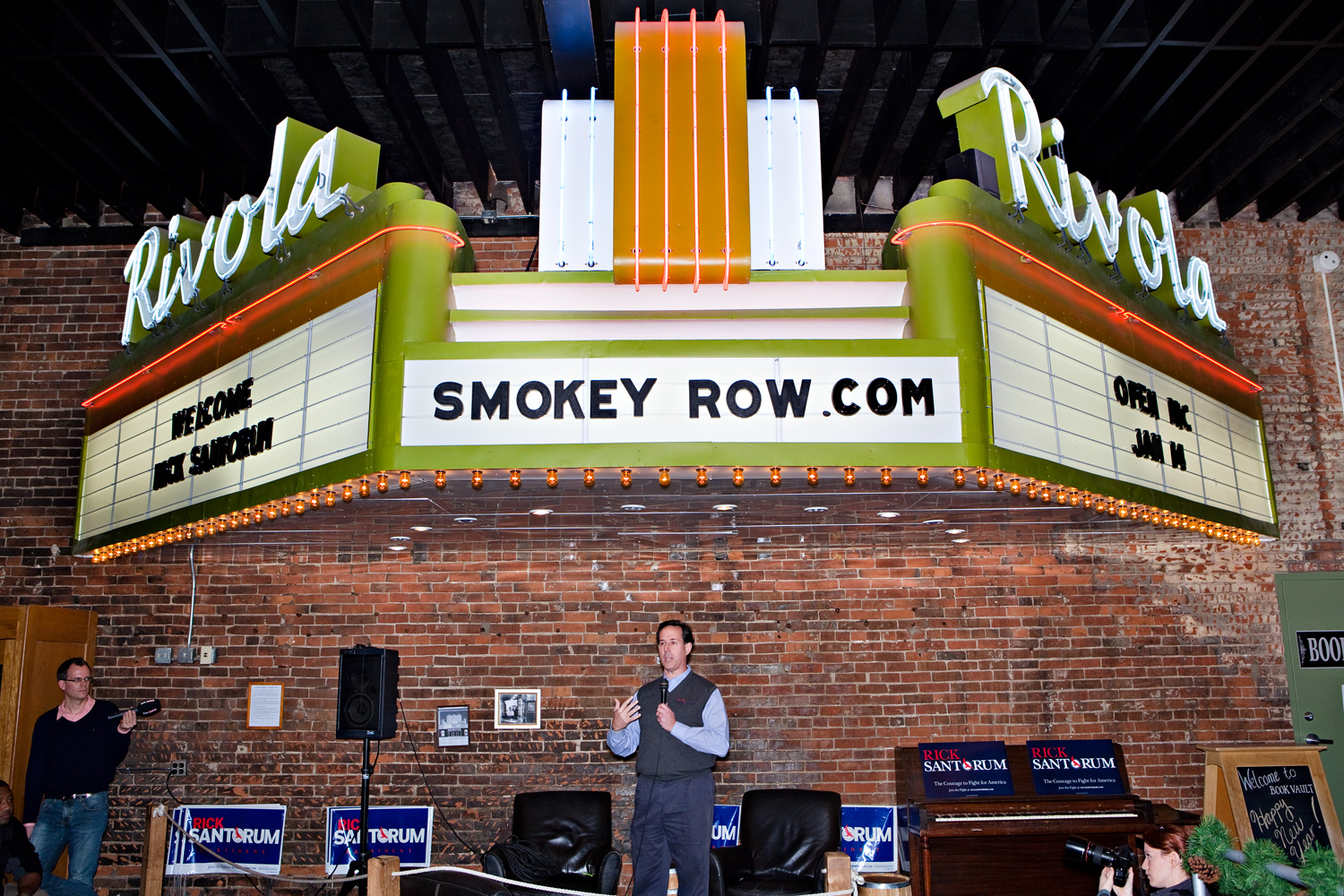
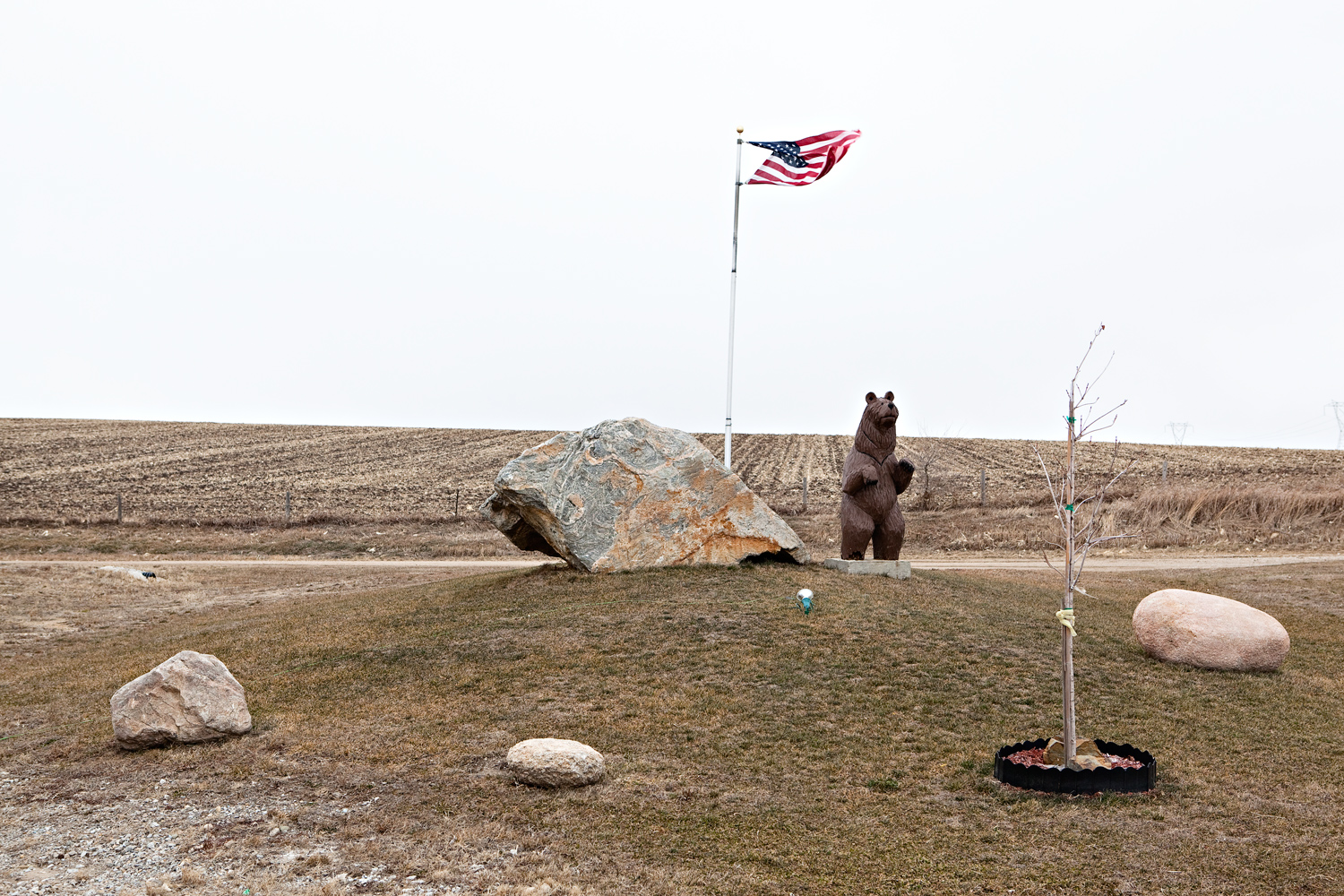

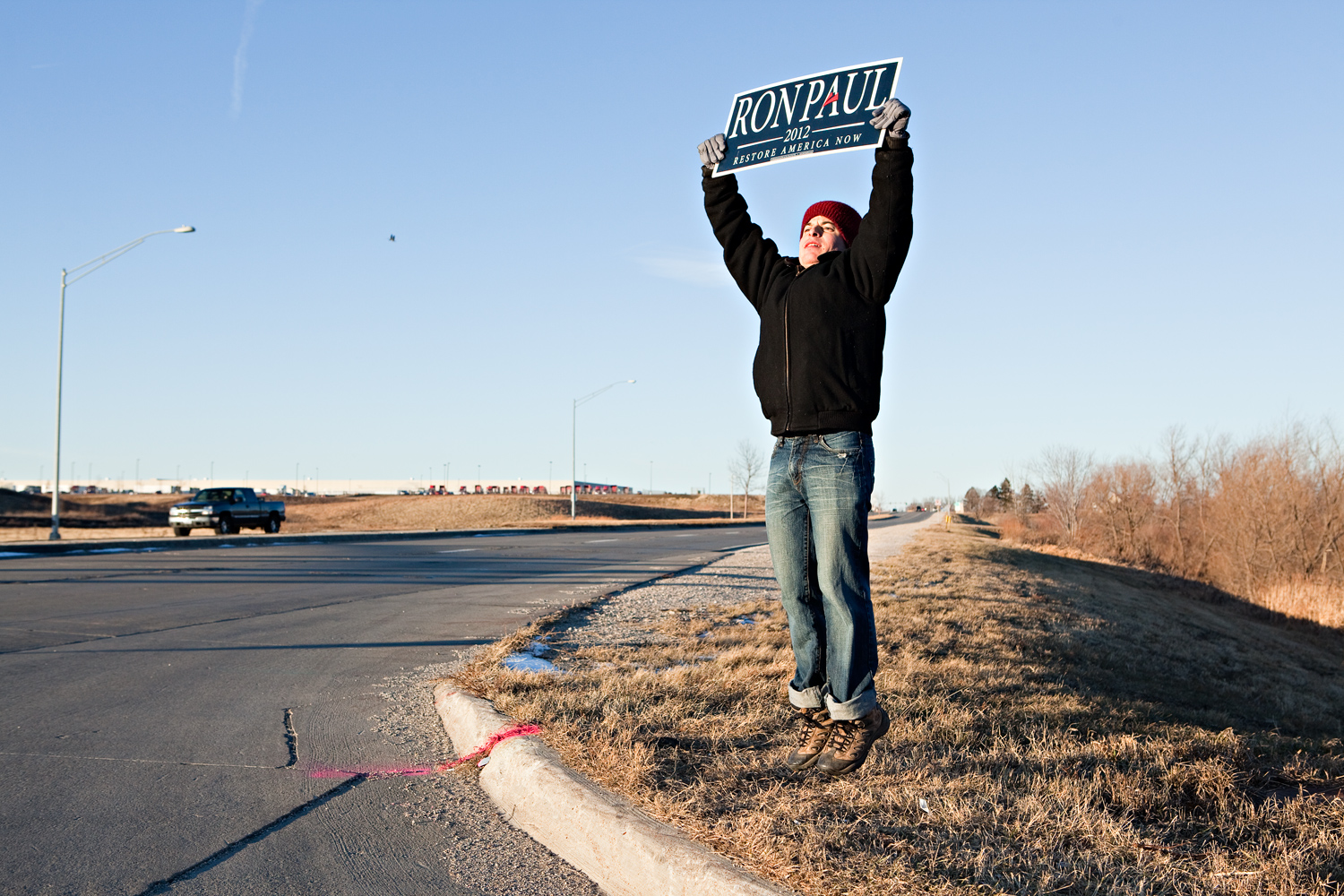
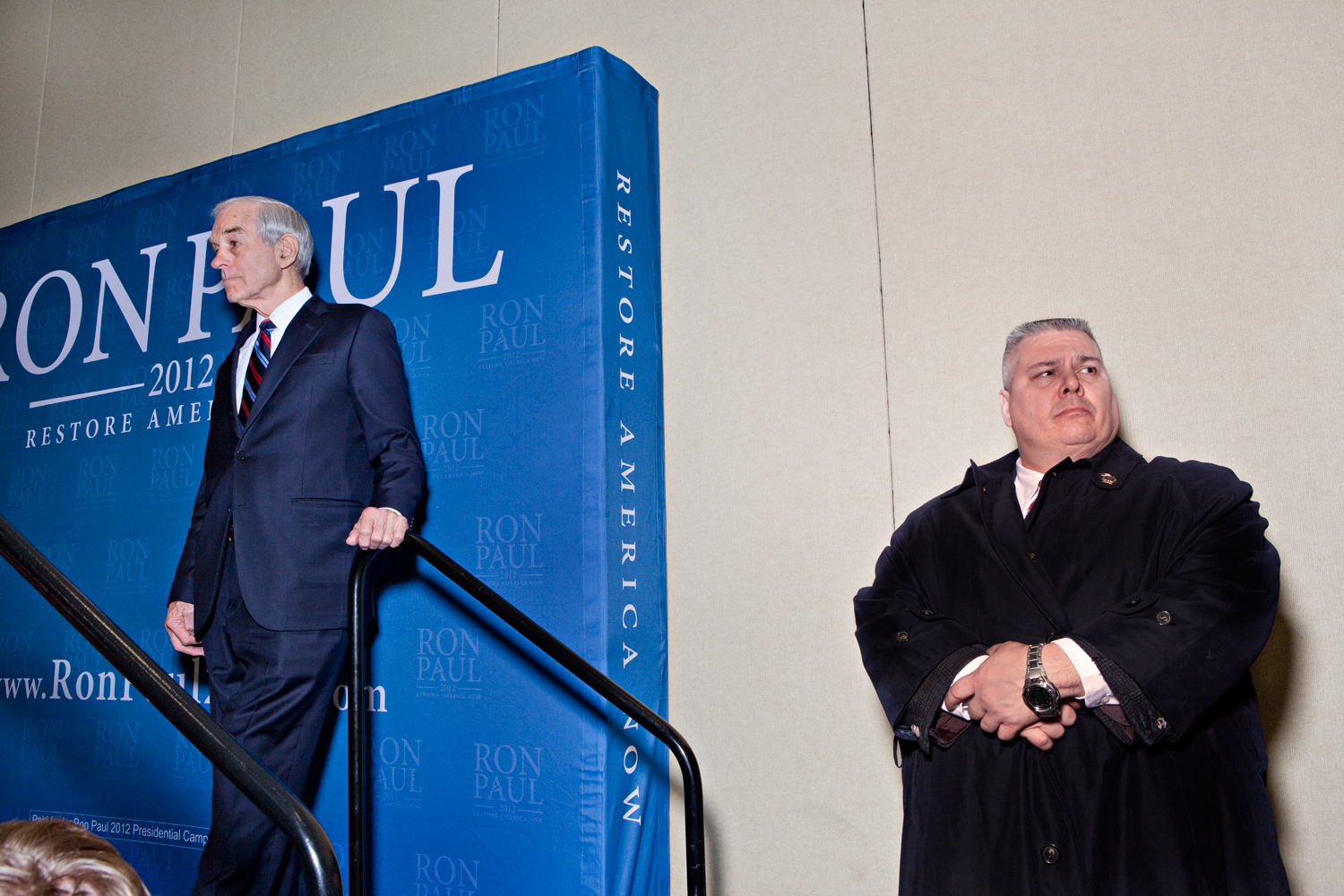
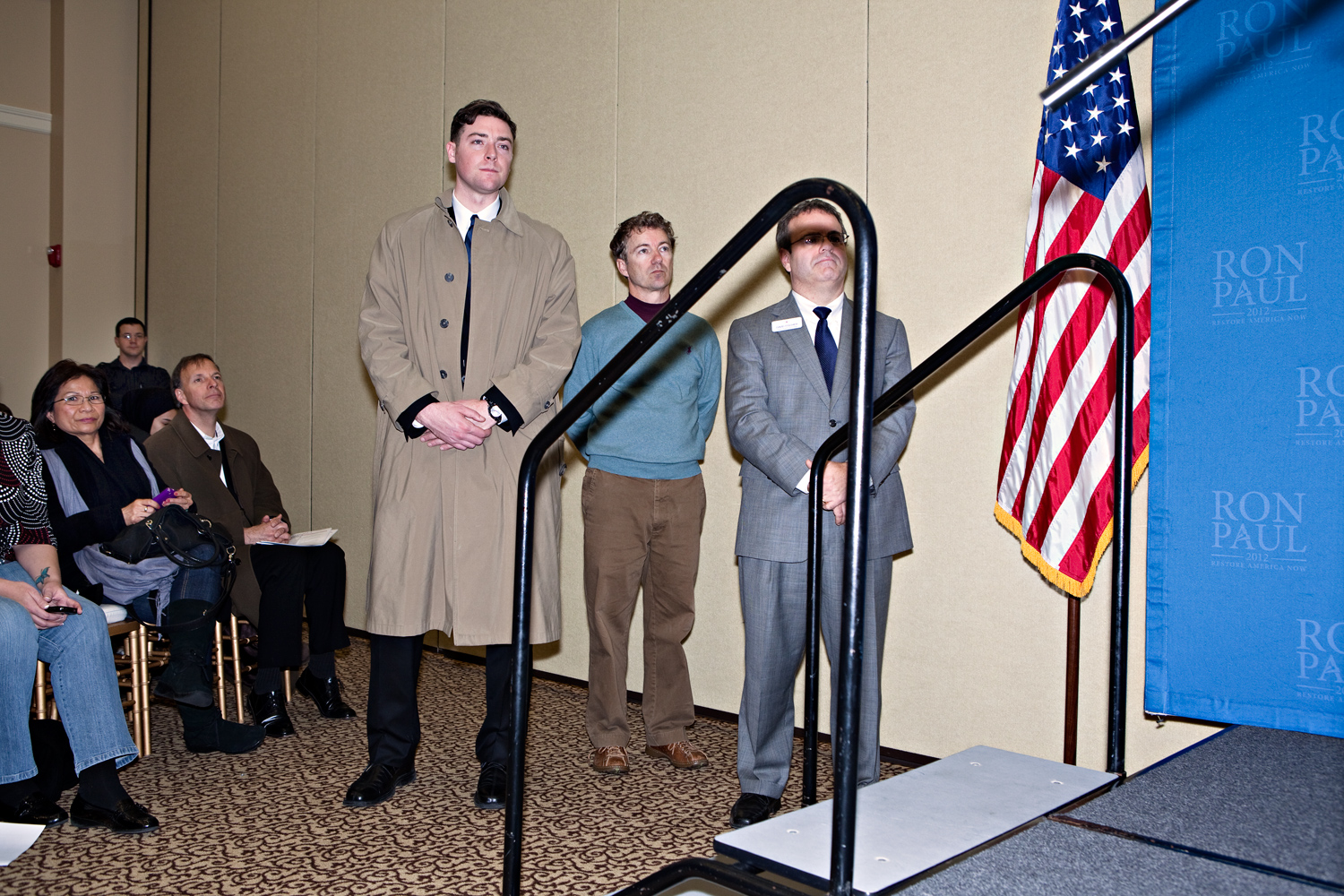
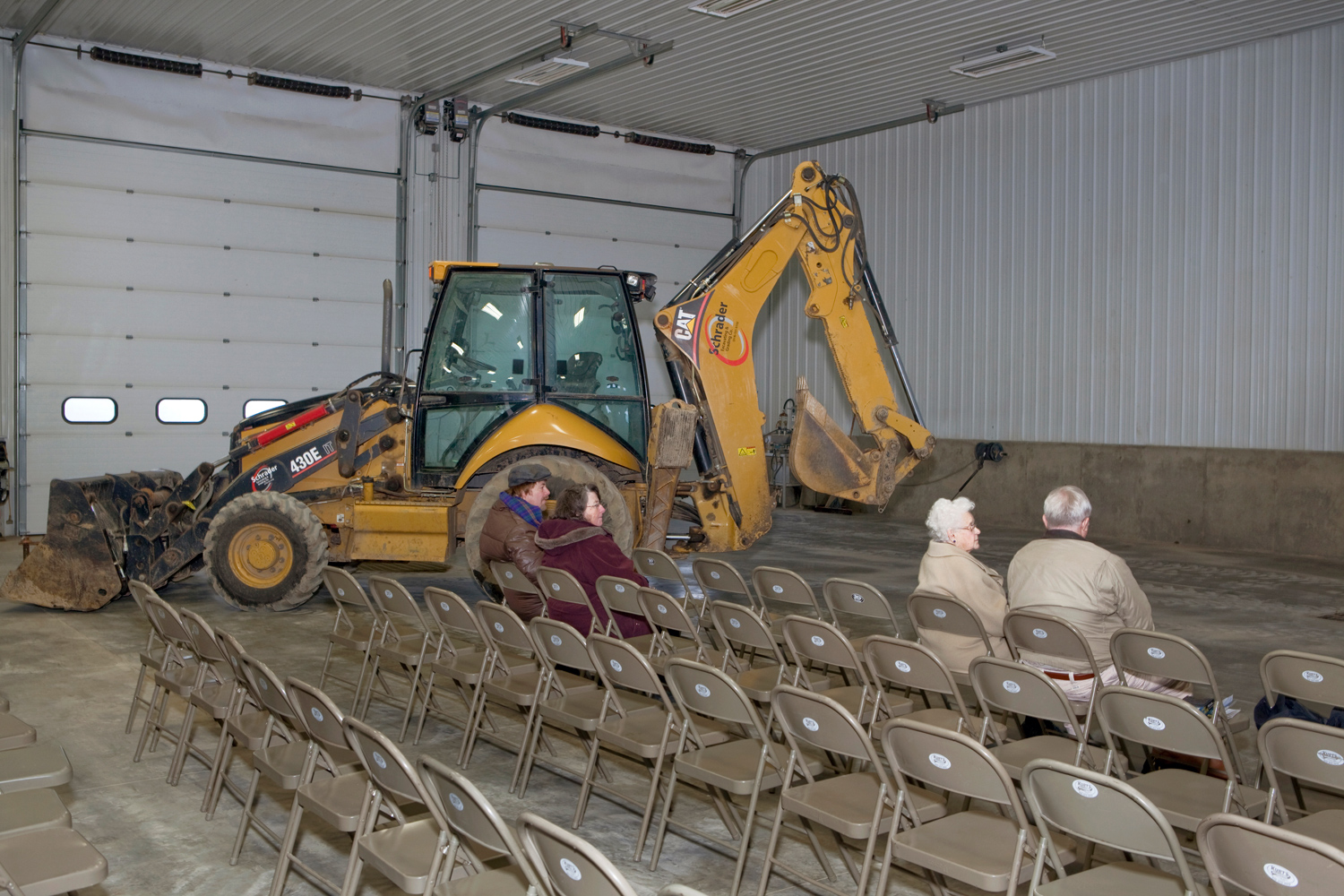

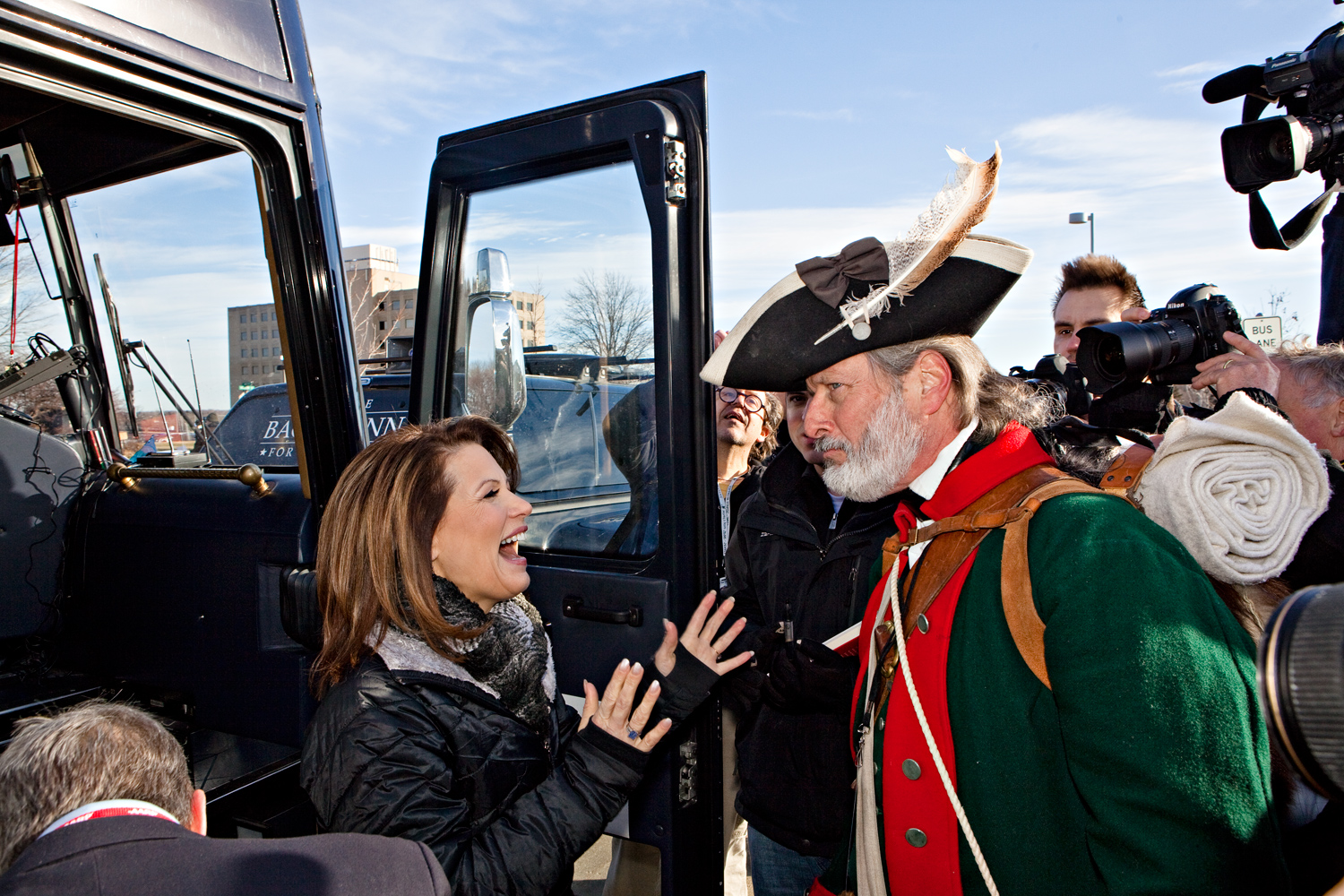


Tunbjork also used photography to speak about the dark parts of his own life and how he saw the world. Specifically in Vinter, he photographed his own struggle out of the hollow depths of a depression he suffered after a heart attack. In the book, he paints a picture of his hometown and its inhabitants, and turns inward to reveals his own scars in a self-portrait of his chest stitched closed after surgery. Through his images, he builds a loose narrative out of the darkest season of the year and perhaps one of the darkest parts of his life to find some kind of reckoning with a place. In the book’s accompanying essay, curator Anna Tellgren says, “his photographs serve as testimonies to the state of things, but without any claims of delivering the whole truth.”
Working with Lars was a gentle experience. He was always soft spoken and patient. Lars didn’t need dramatic locations or action packed situations to make photos. He just needed to see life unfolding in the most ordinary way and, in that, he had the uncanny ability to articulate and reveal the beautiful and conflicted world he saw through his camera.
One time, I was asked by our editor to try to reinvent our approach to campaign photography during the 2008 elections and I asked Lars if he was up for the challenge. In his most humble and modest way, he accepted and went to Iowa by himself for two weeks to cover the caucus in the cold and lonely Midwest. To capture our democratic process in action each day he drove for hours and hardly slept, barely said much and never complained about the insanity of the ever-changing campaign schedule. Each night, he filed extraordinary photographs of some of the hardest people to shoot—politicians.
Watch a short video produced by Agence VU and Femis, and directed by Pierre Maïllis Laval
I’ll always be grateful for his dedication. I’ll always remember the photos he made of Rick Santorum at a Buffalo Wild Wings. That day, Dec. 30, 2011, which Lars spent driving for hours to follow the various candidates, Lars lingered after the event had ended and all the press had left. Santorum, surrounded by his staffers, stayed for dinner and Lars was able to photograph him praying over a mountain of Nachos. The resulting photography perfectly deconstructed all the artifice and craft of the political theatre and showed something real about the candidate. This was Lars’ approach — subtle and without judgment.
I remember asking him to keep an eye out for signs of the campaign in the Iowa landscape, and he sent me back a photograph of a totally empty frost covered barren field. He said, “that’s what Iowa looks like right now”. It was a beautiful and sad picture, carefully crafted as only he knew how. Lars made you feel like you weren’t alone and that someone else understood the great abyss that stands before us.
He will be greatly missed by many of us.
Lars Tunbjörk is survived by his wife and his two daughters.
Paul Moakley is TIME’s Deputy Director of Photography and Visual Enterprise. Follow him on Twitter @paulmoakley.
Myles Little is an associate photo editor at TIME.
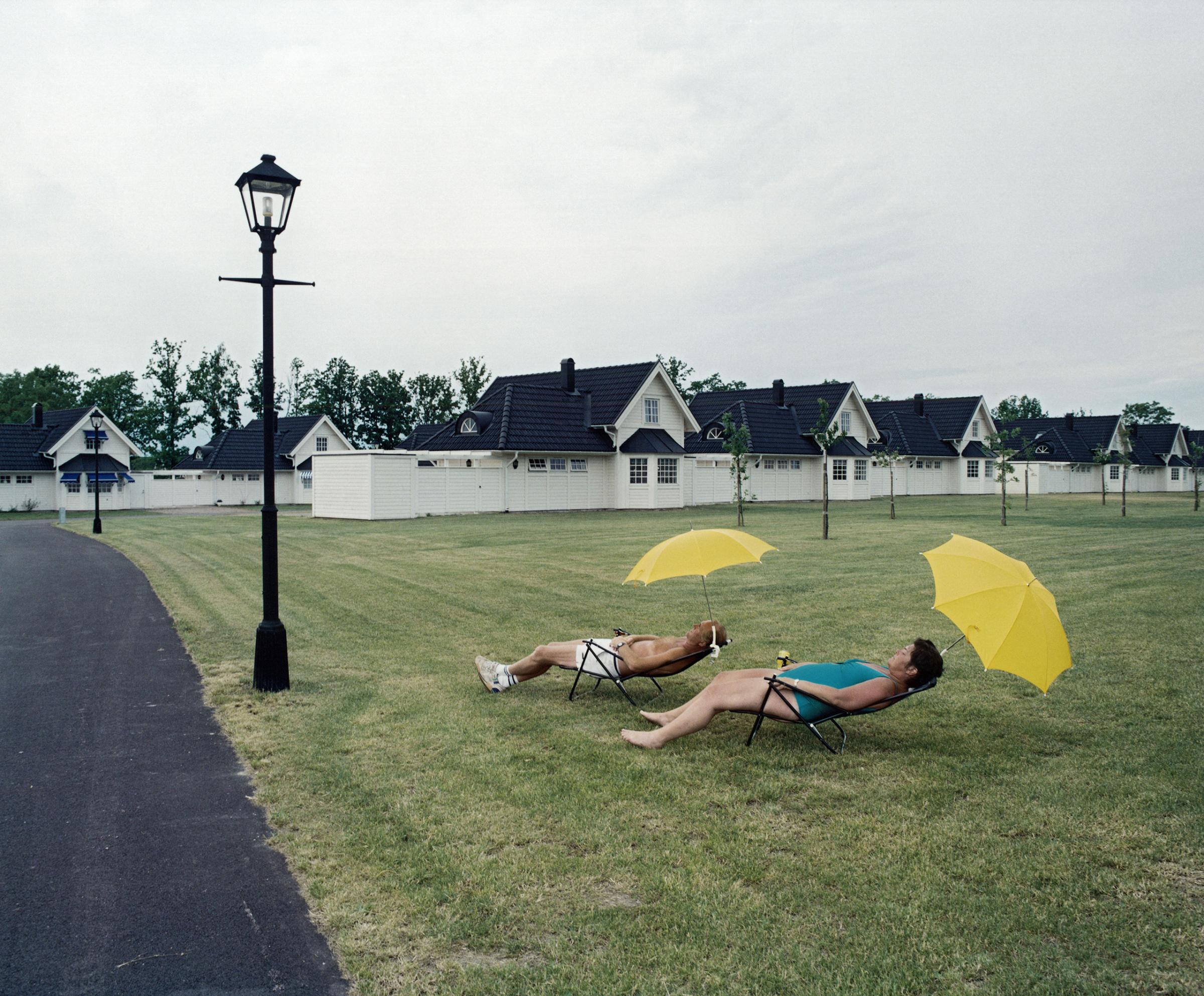
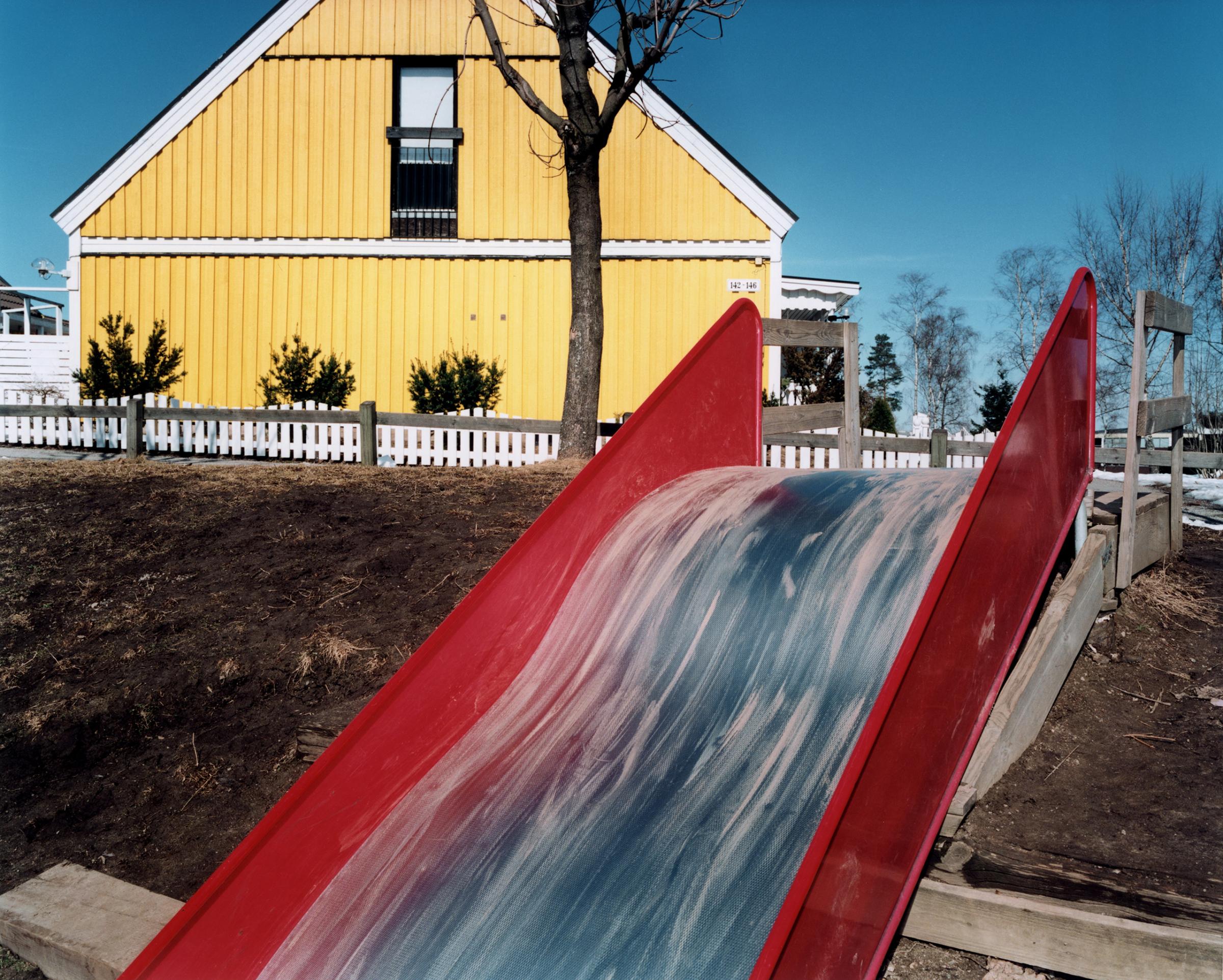
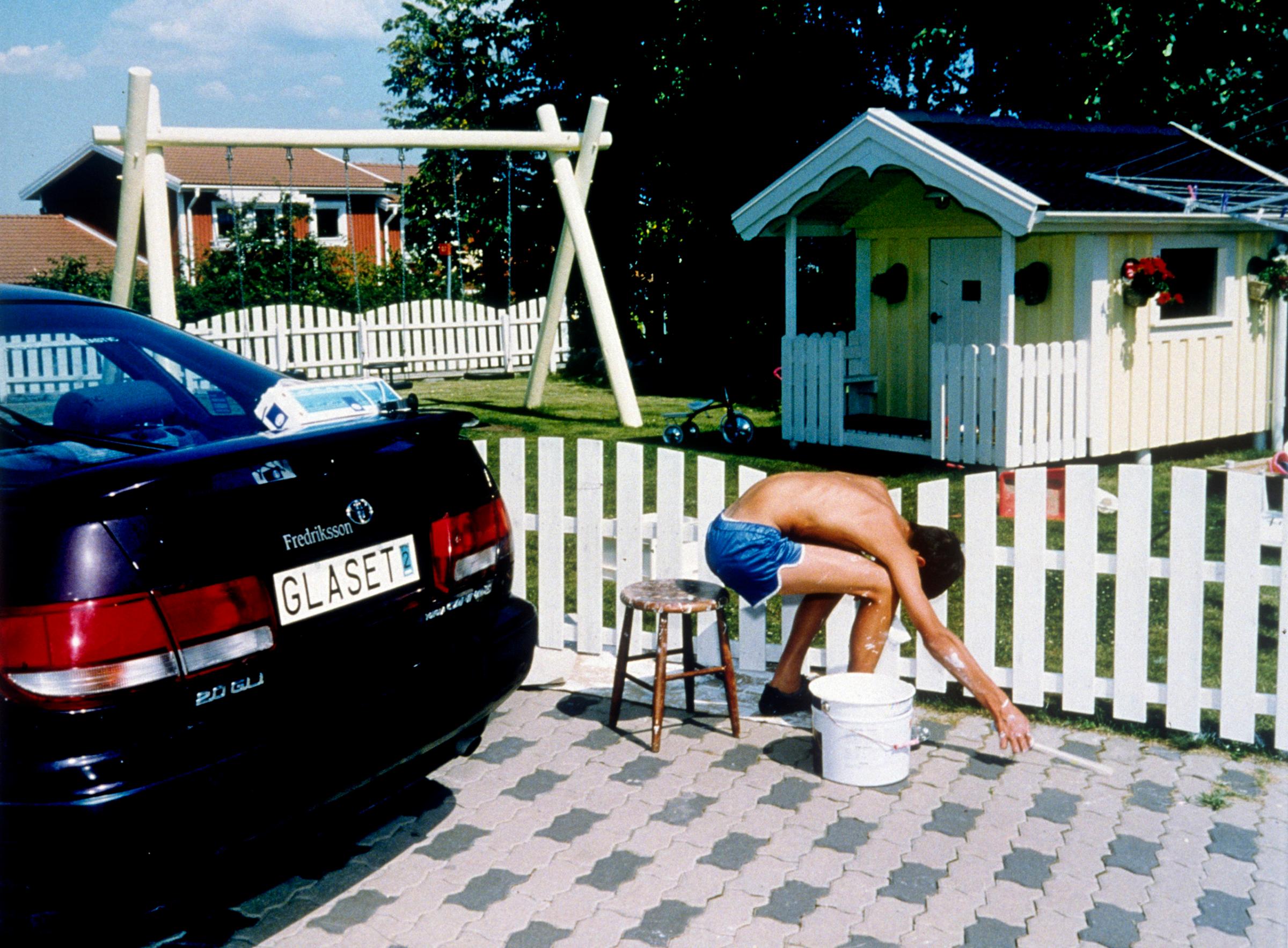
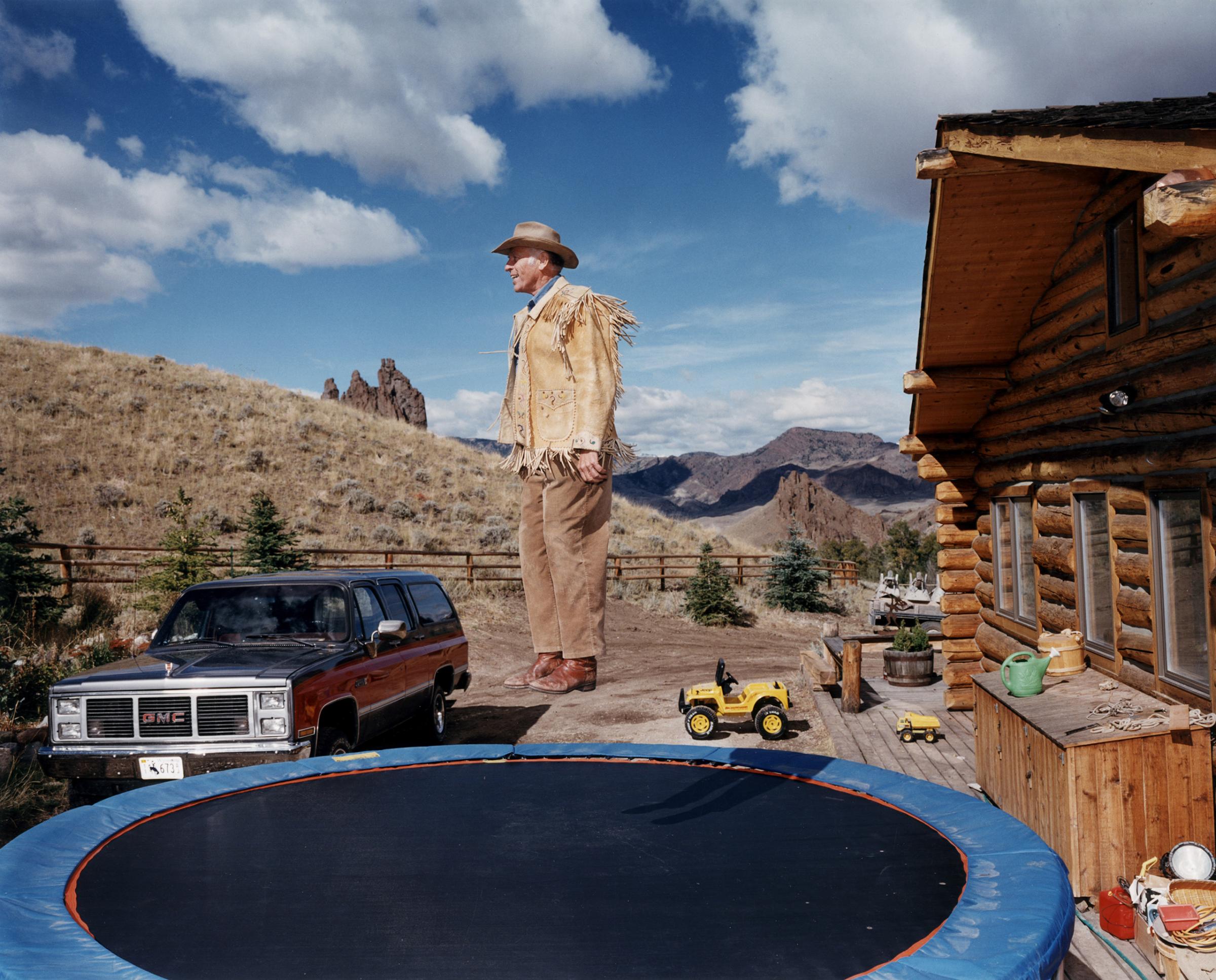
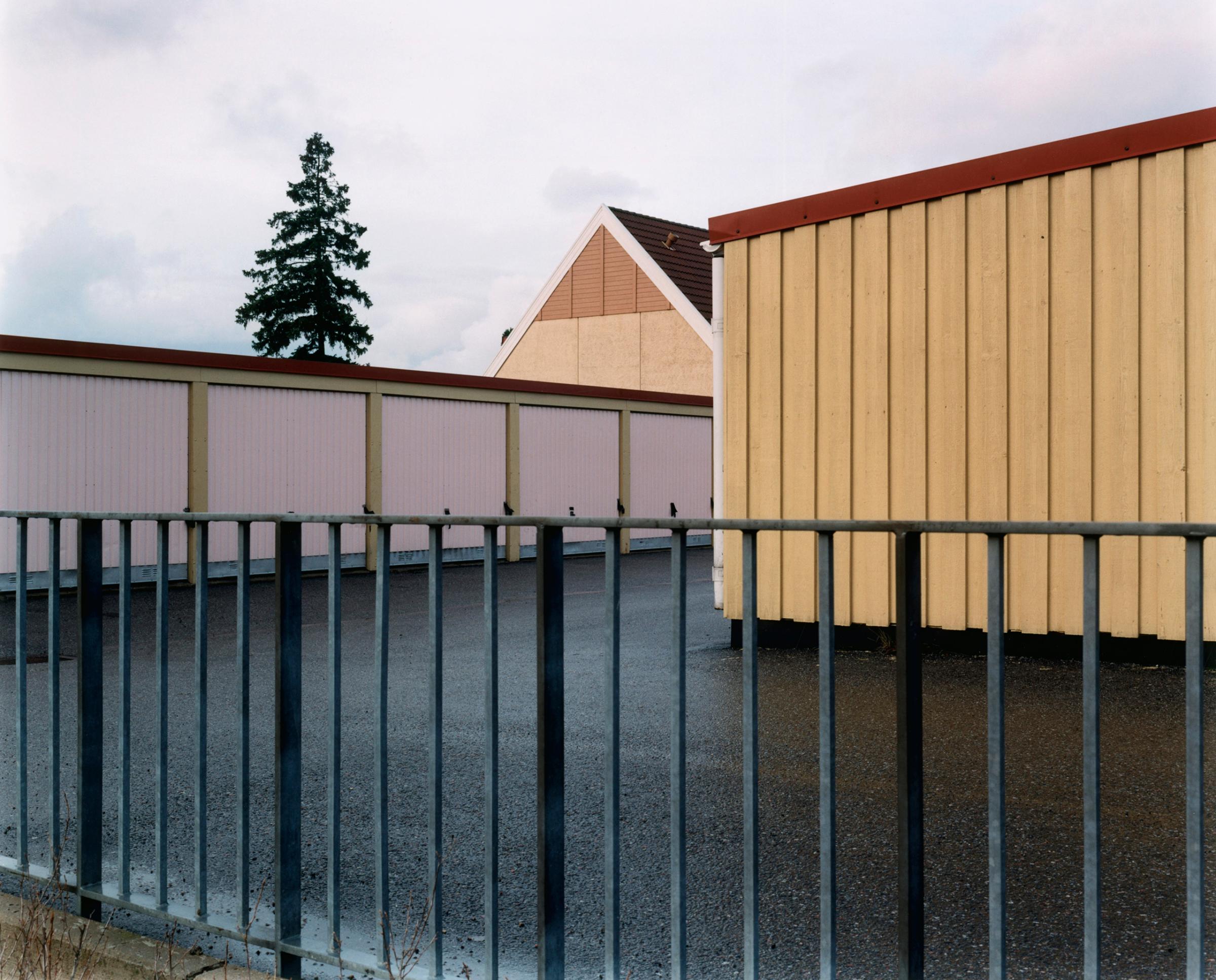




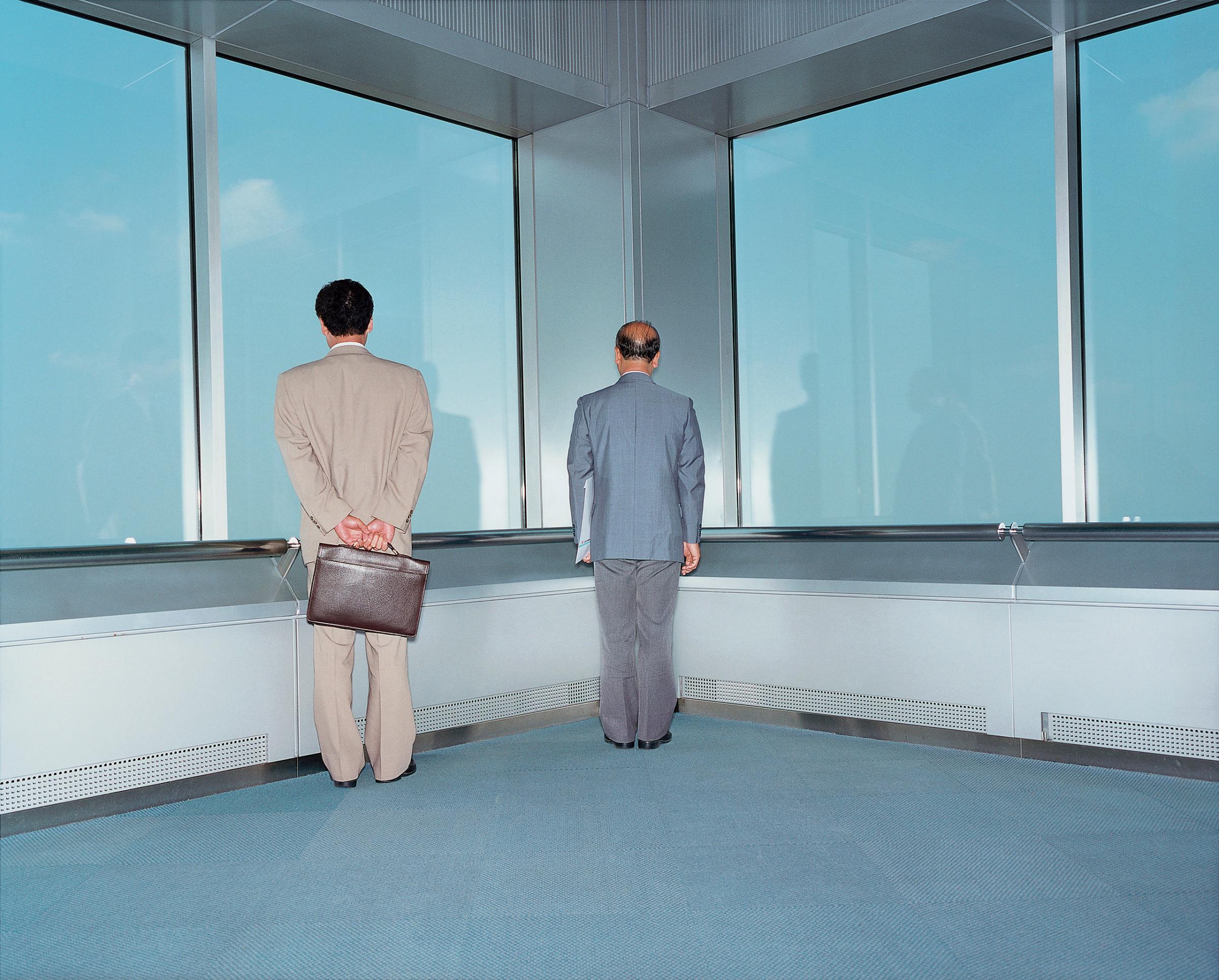
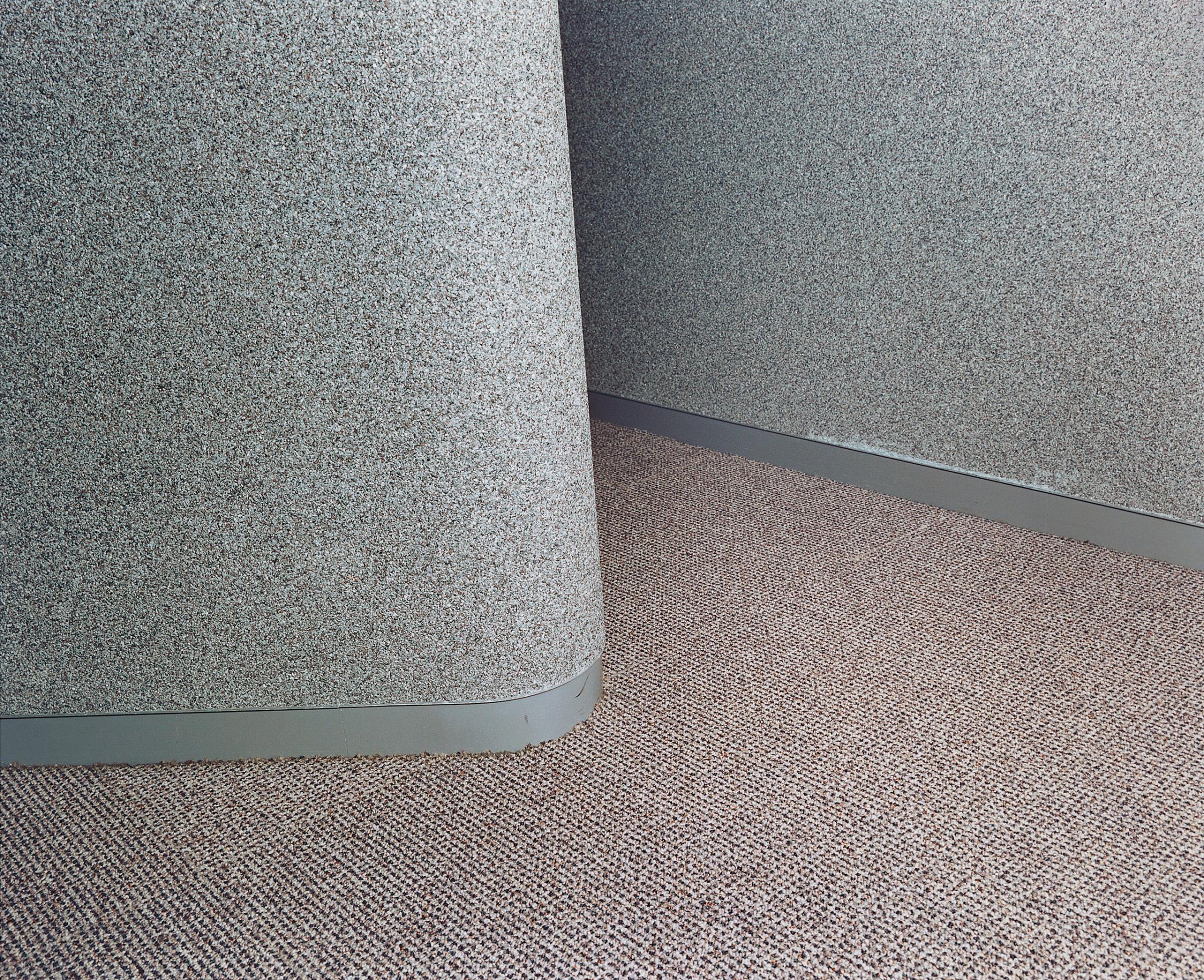

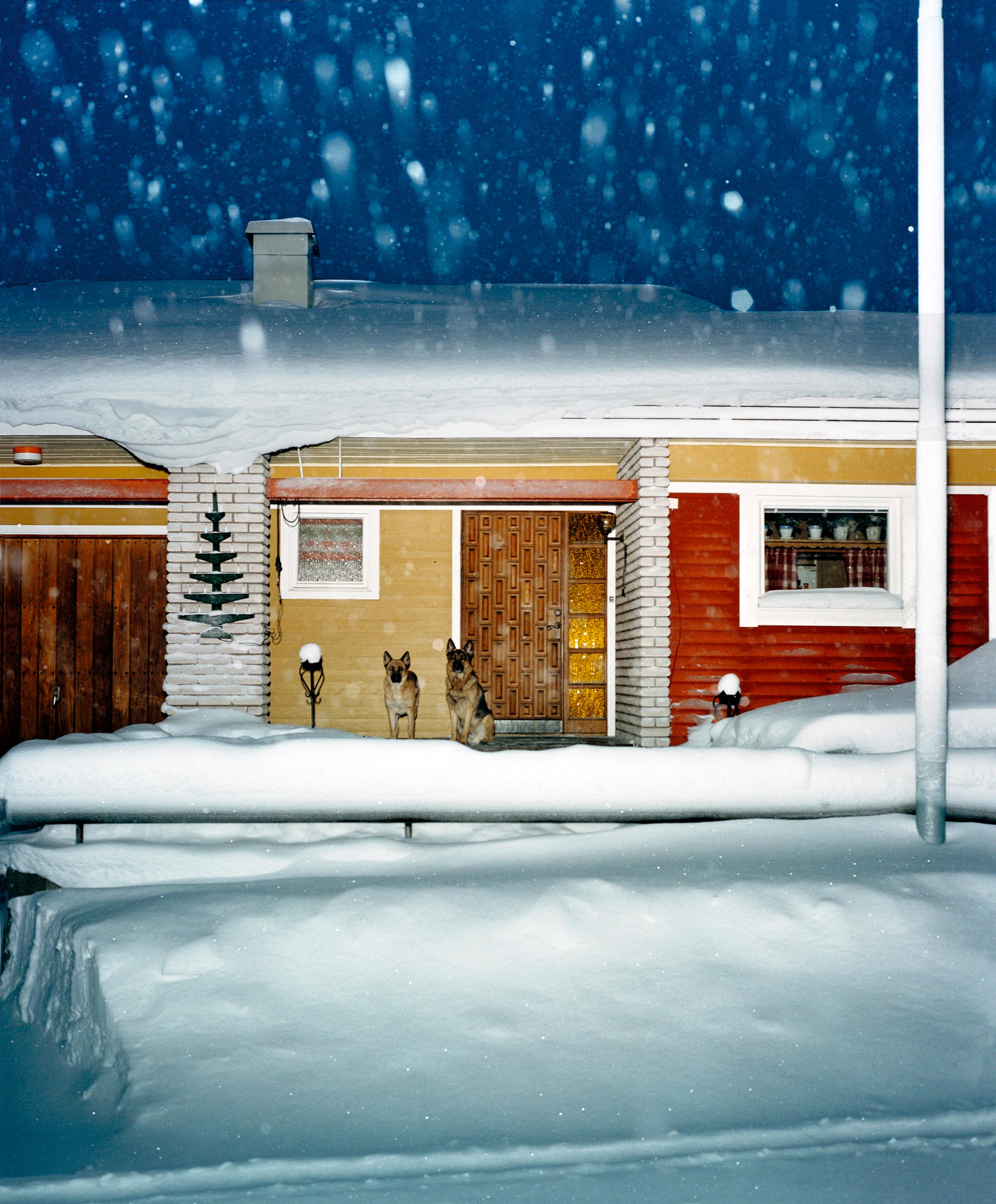
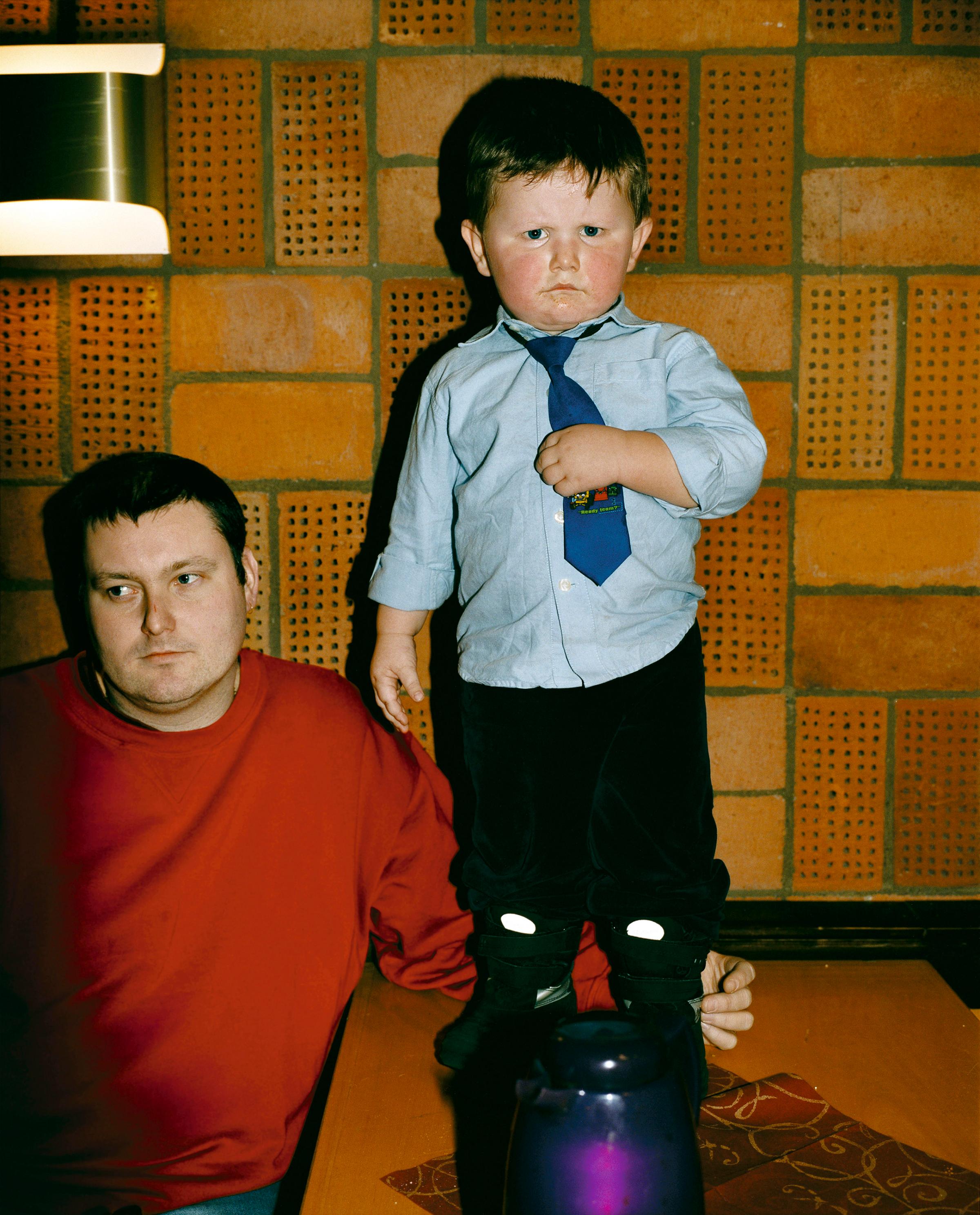
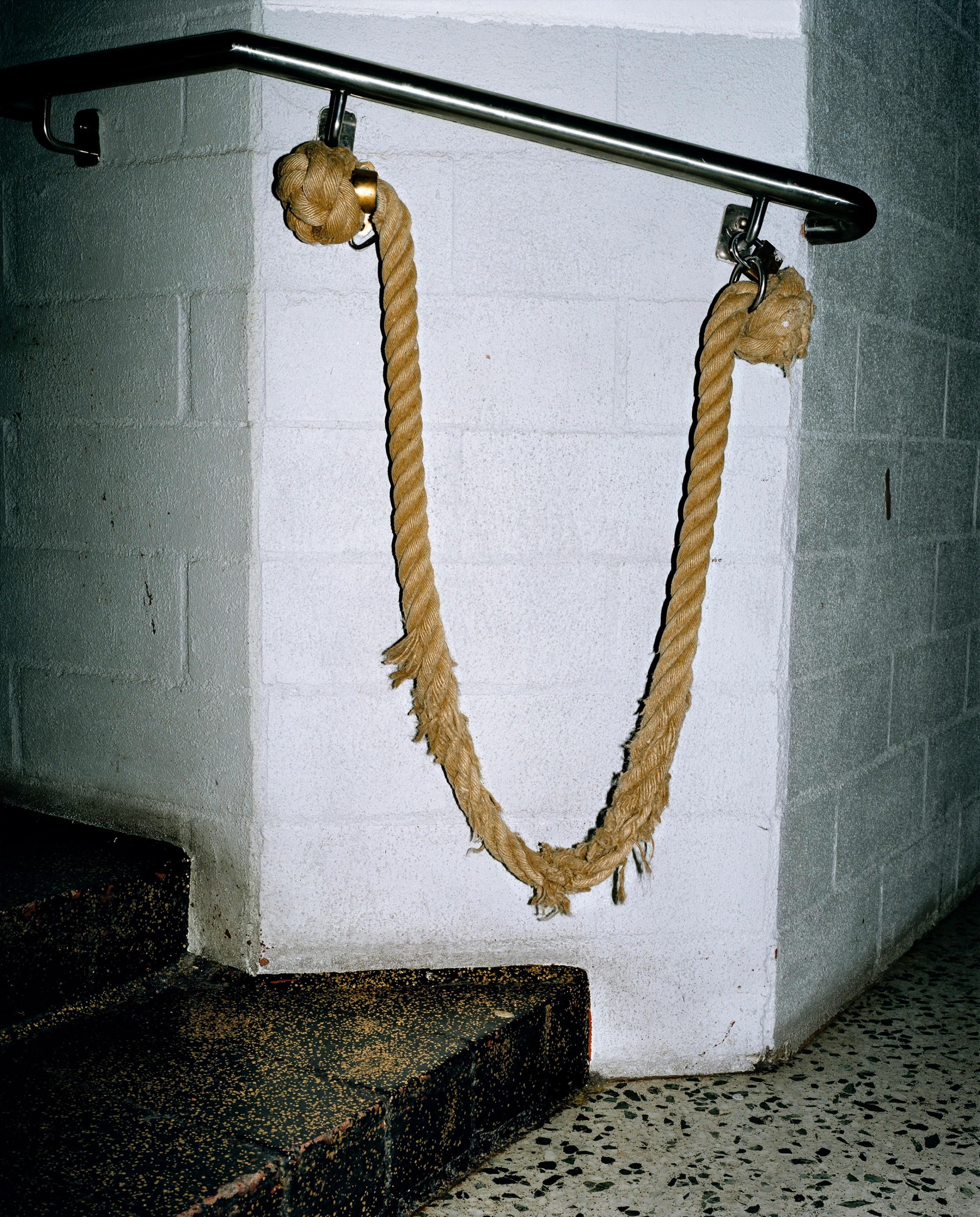
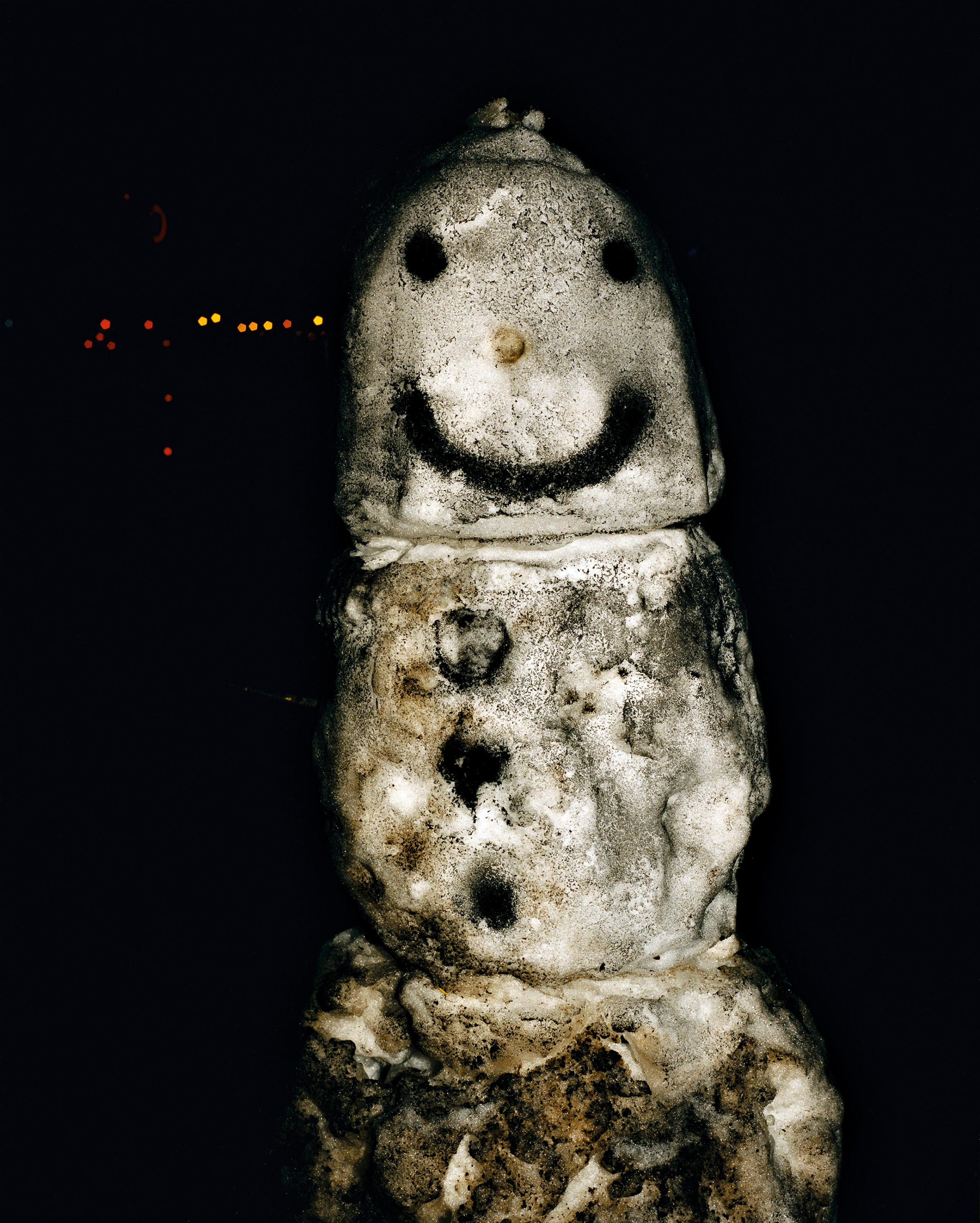


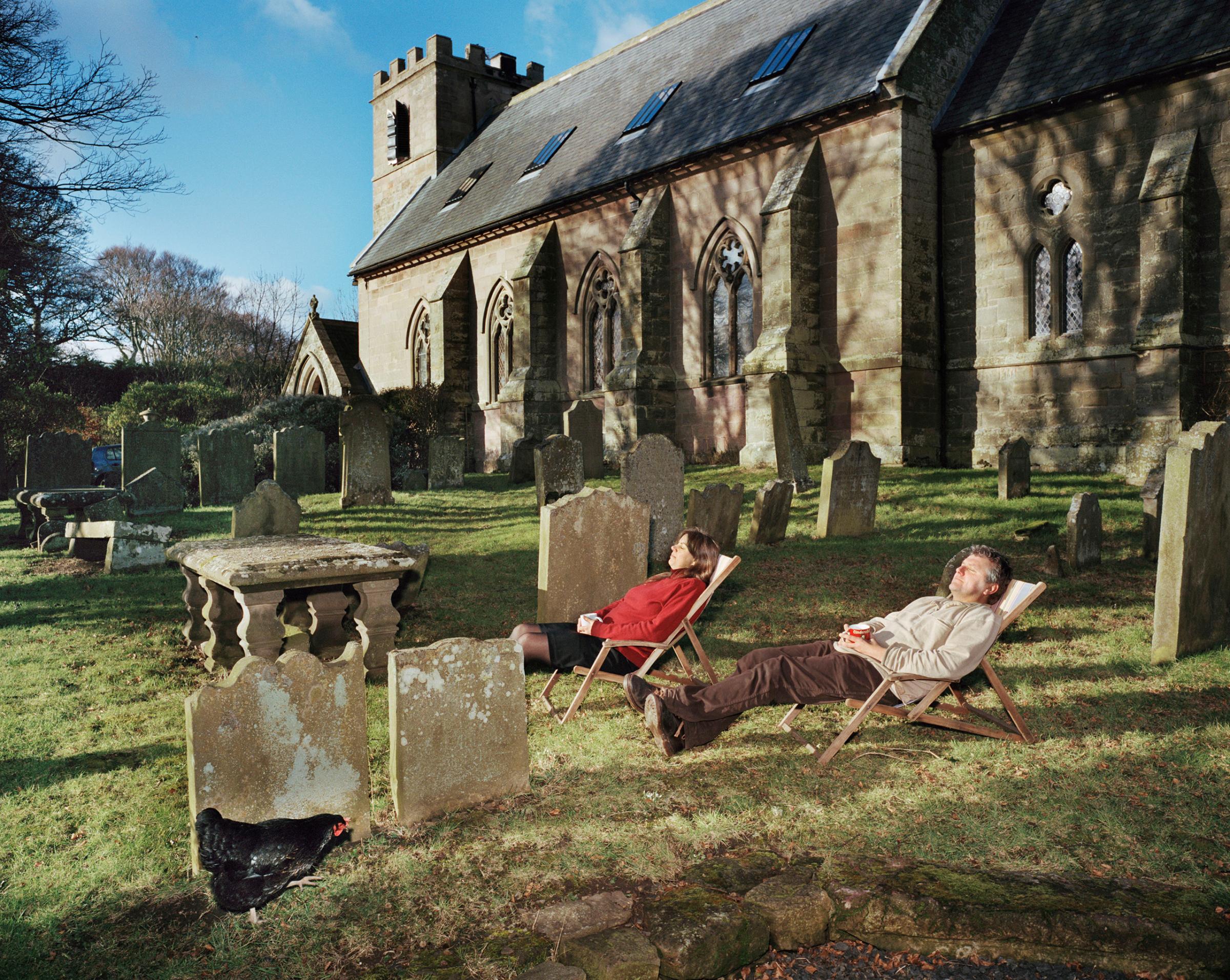
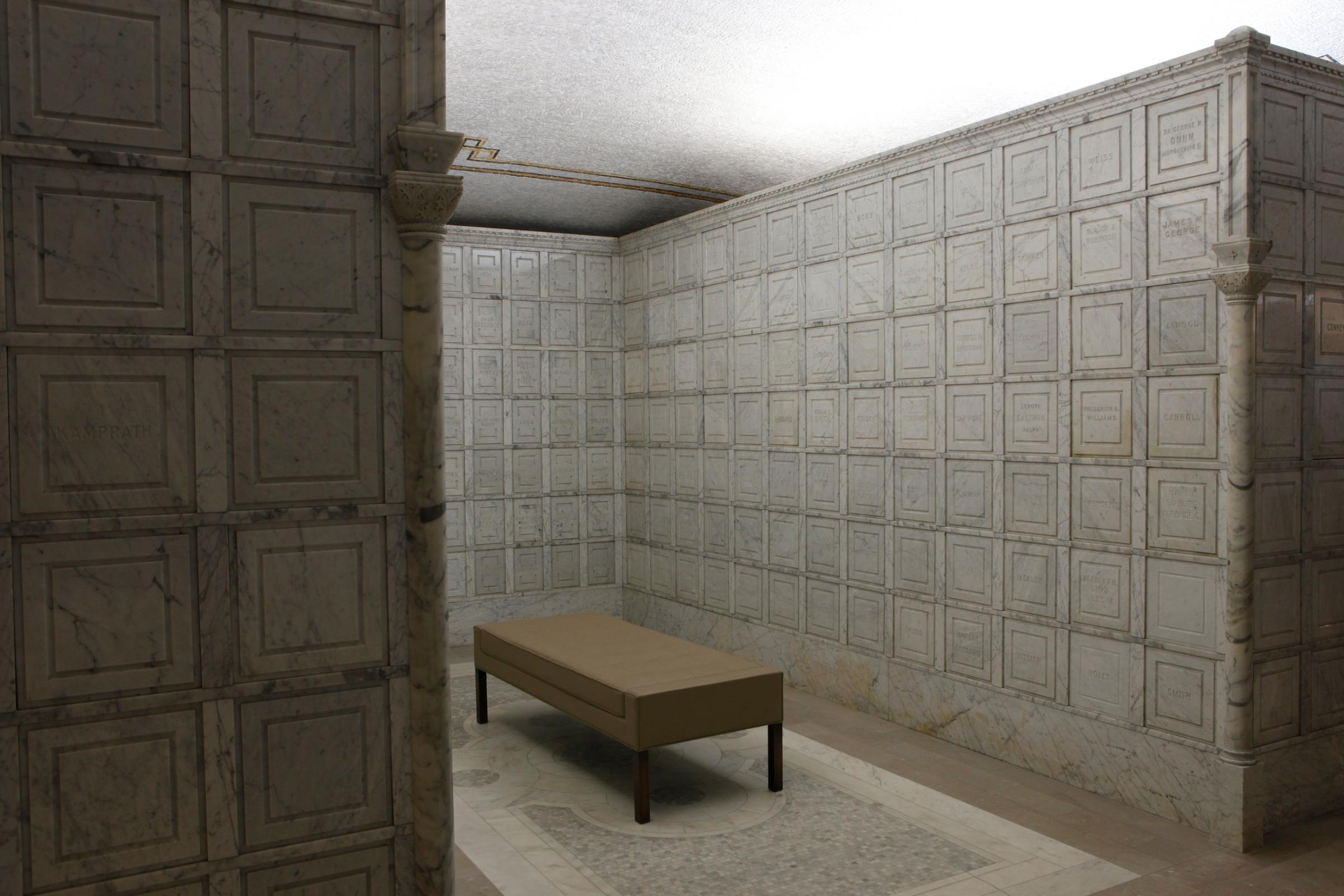
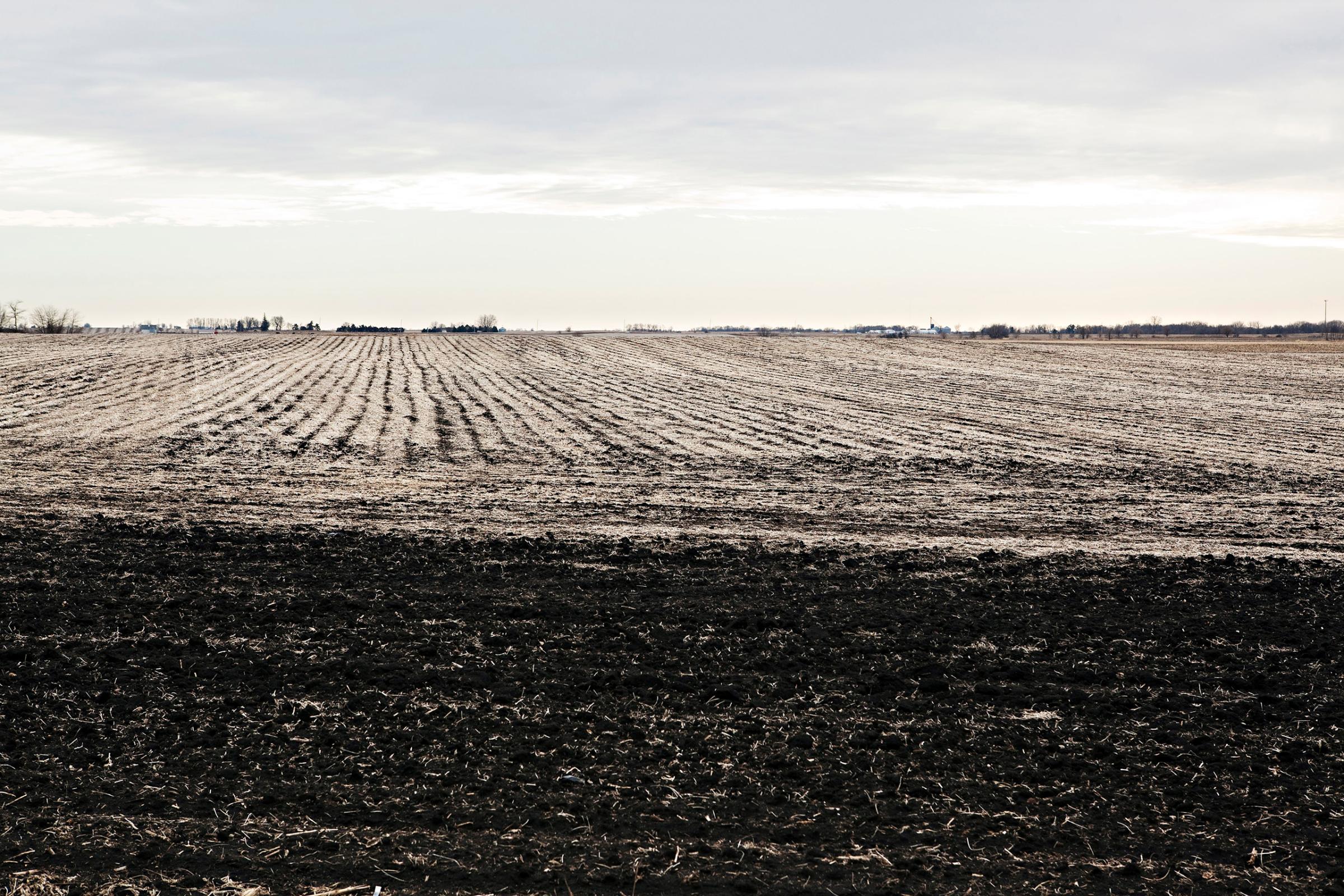
More Must-Reads from TIME
- Cybersecurity Experts Are Sounding the Alarm on DOGE
- Meet the 2025 Women of the Year
- The Harsh Truth About Disability Inclusion
- Why Do More Young Adults Have Cancer?
- Colman Domingo Leads With Radical Love
- How to Get Better at Doing Things Alone
- Michelle Zauner Stares Down the Darkness
Contact us at letters@time.com